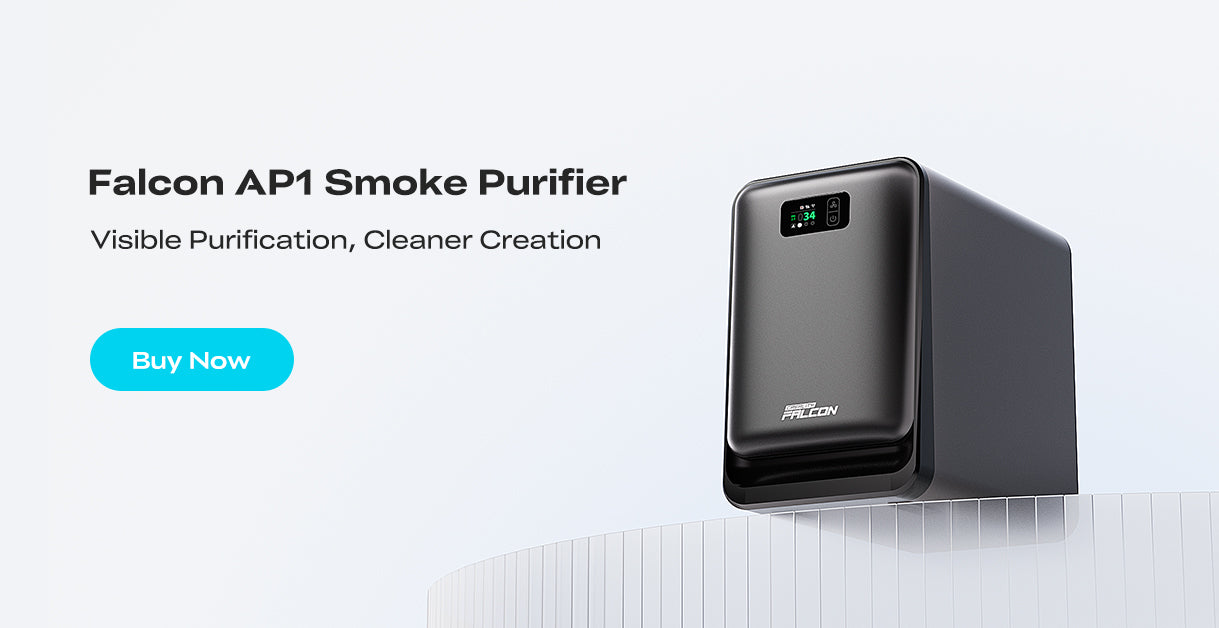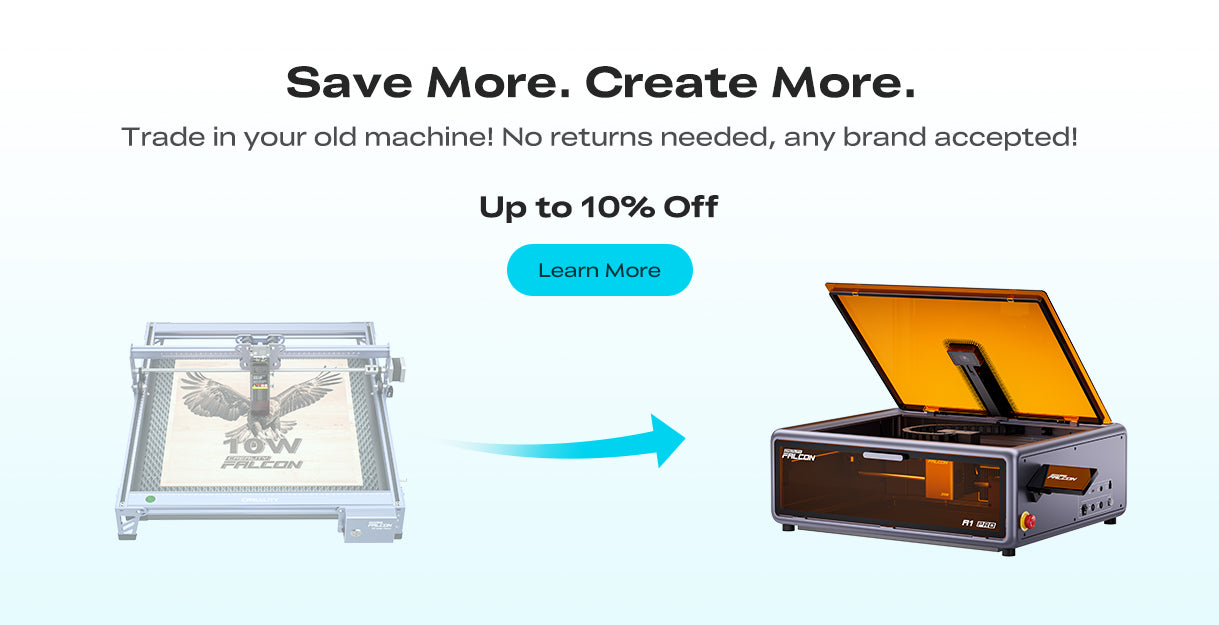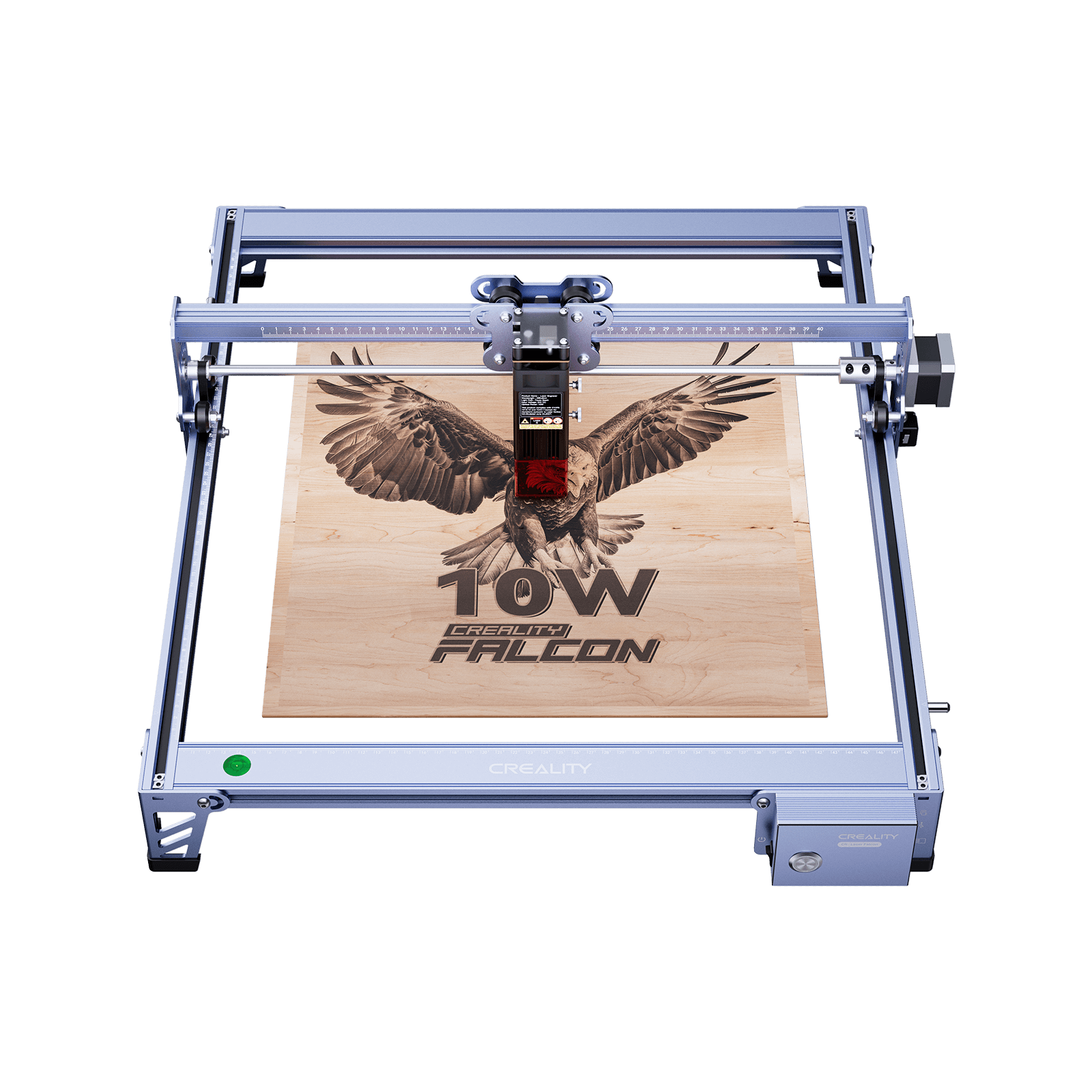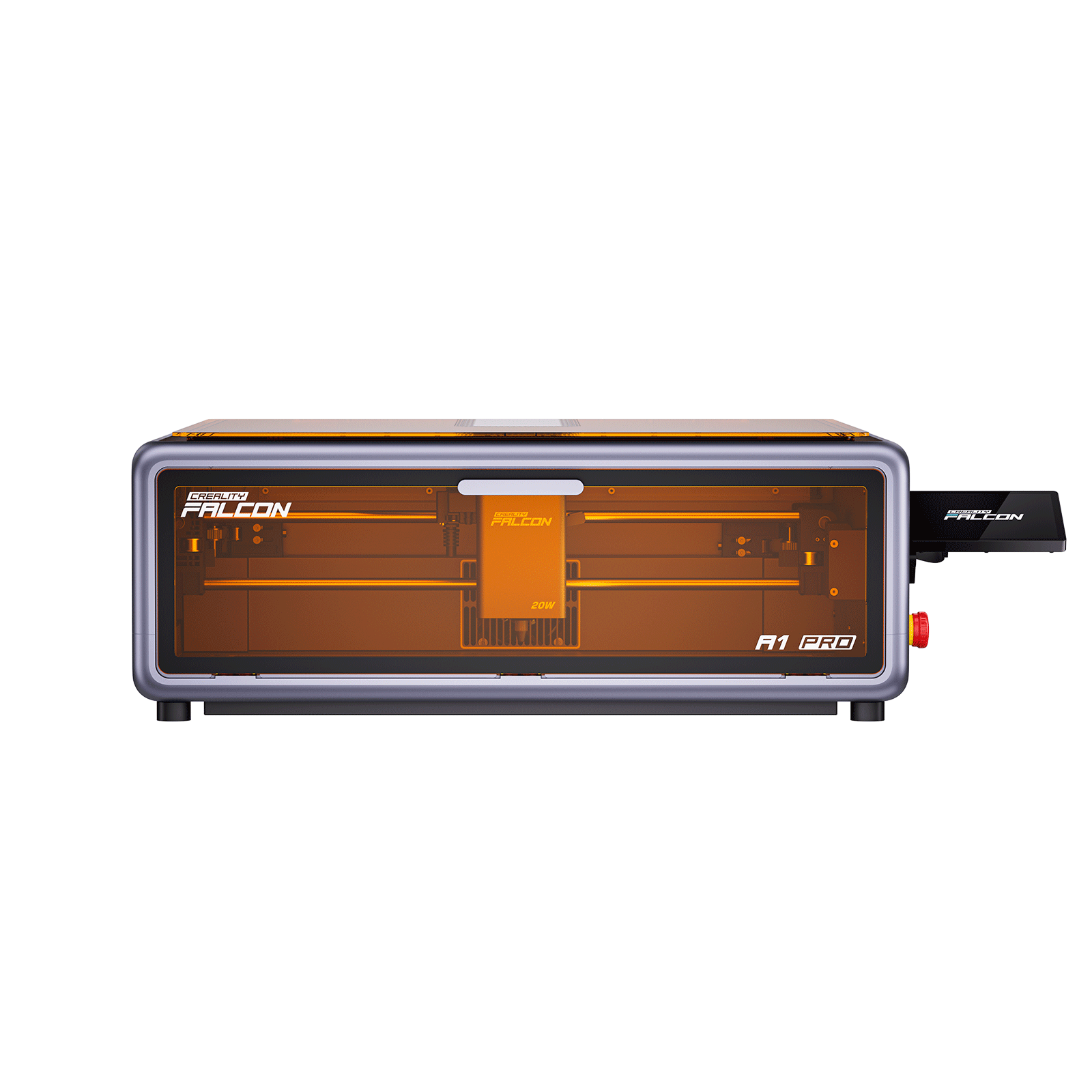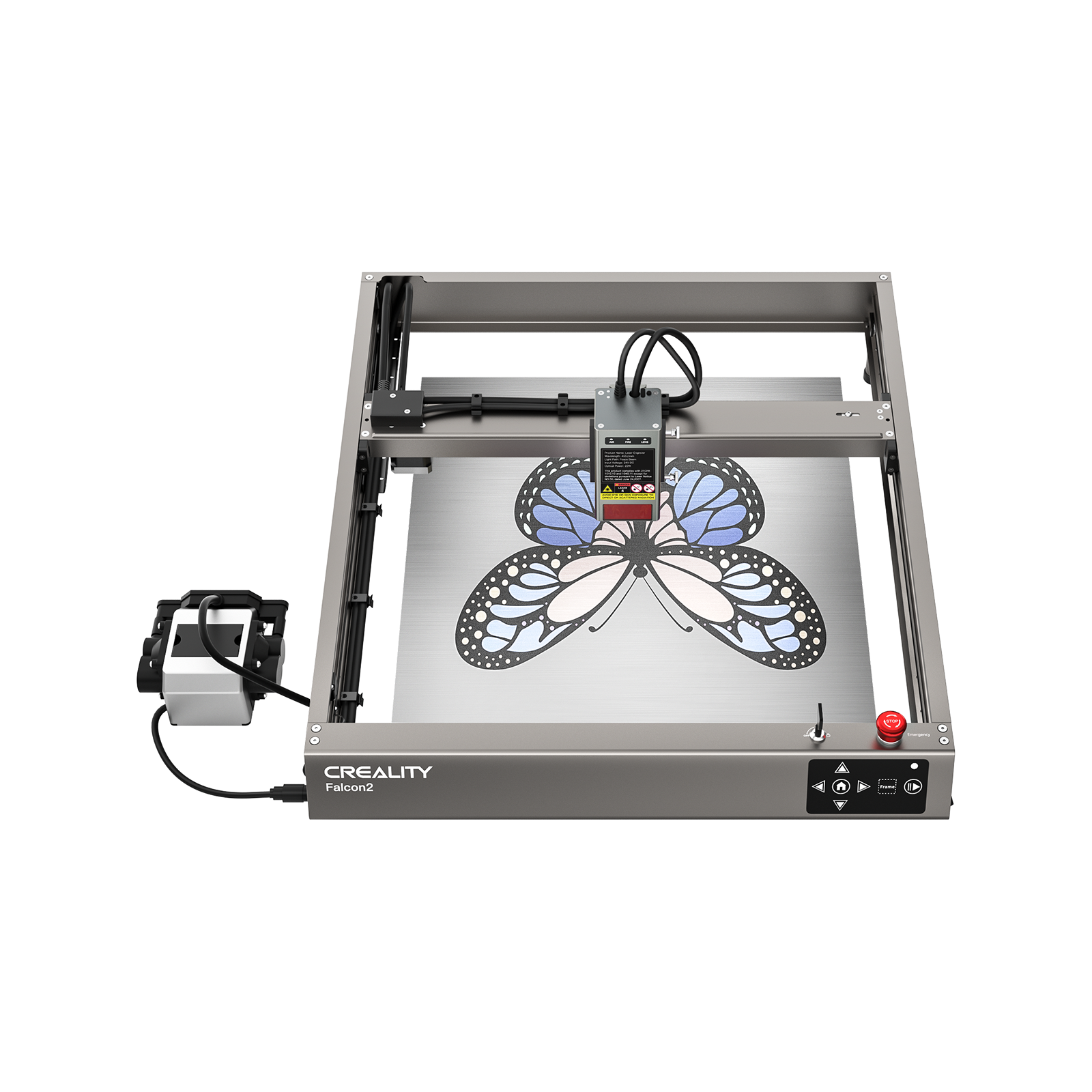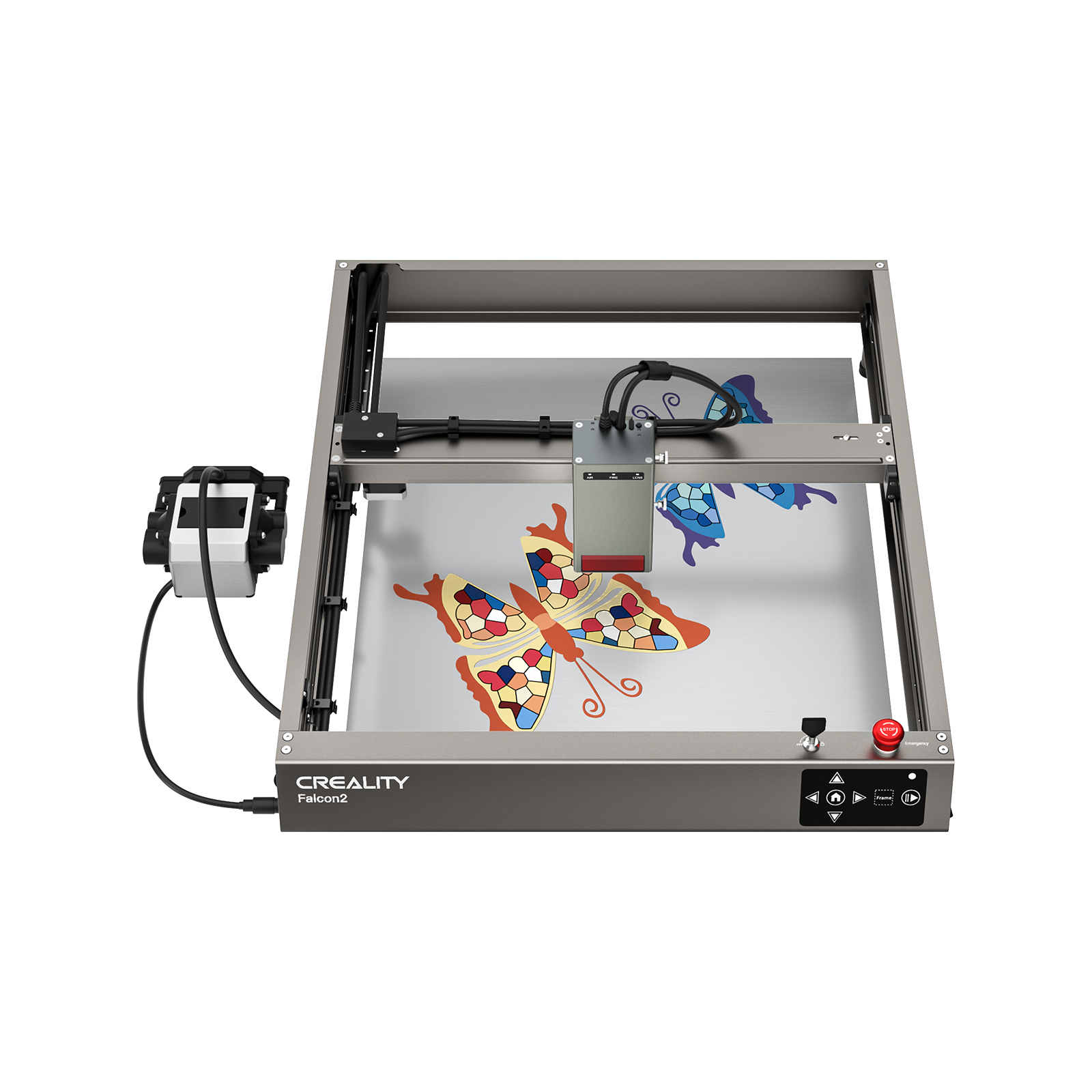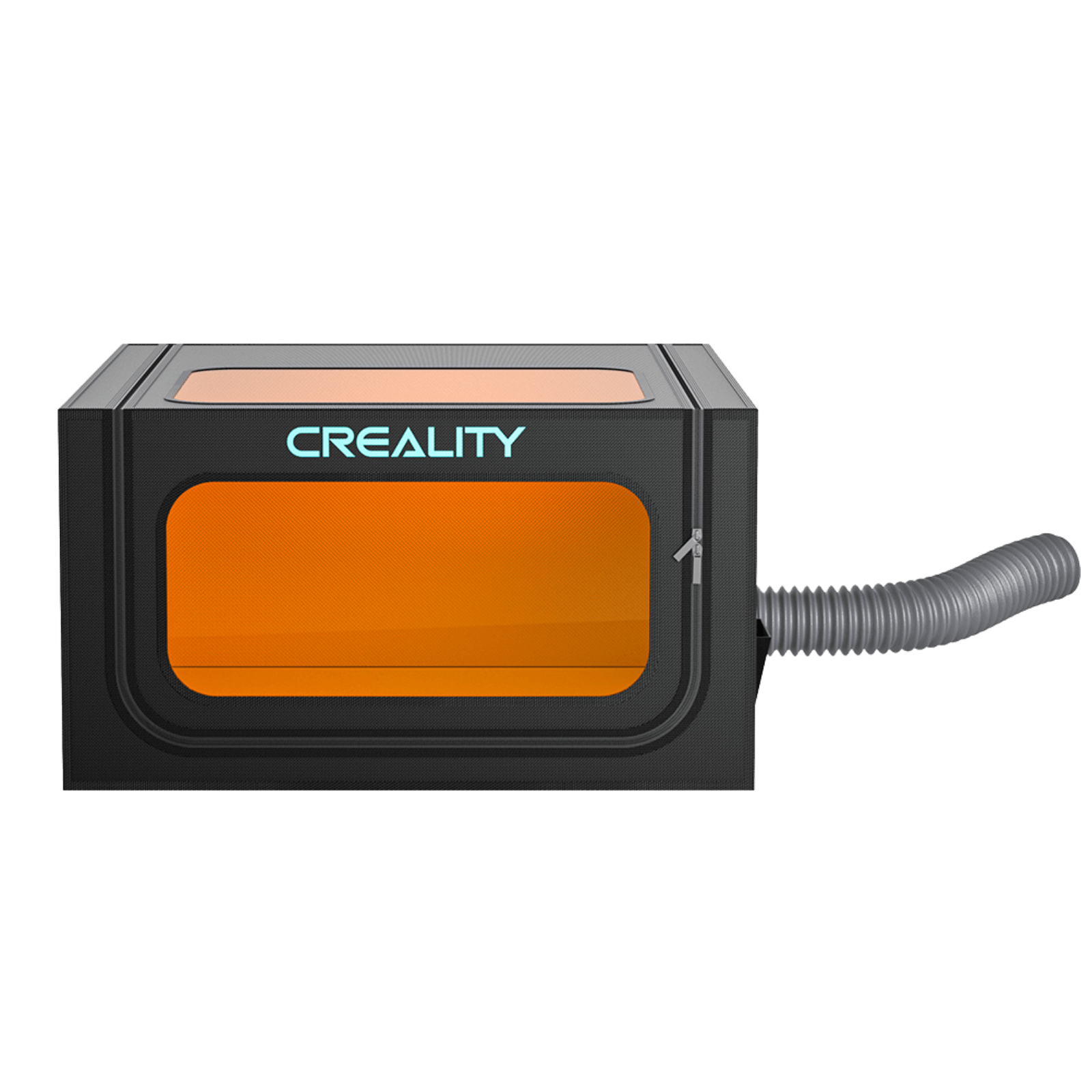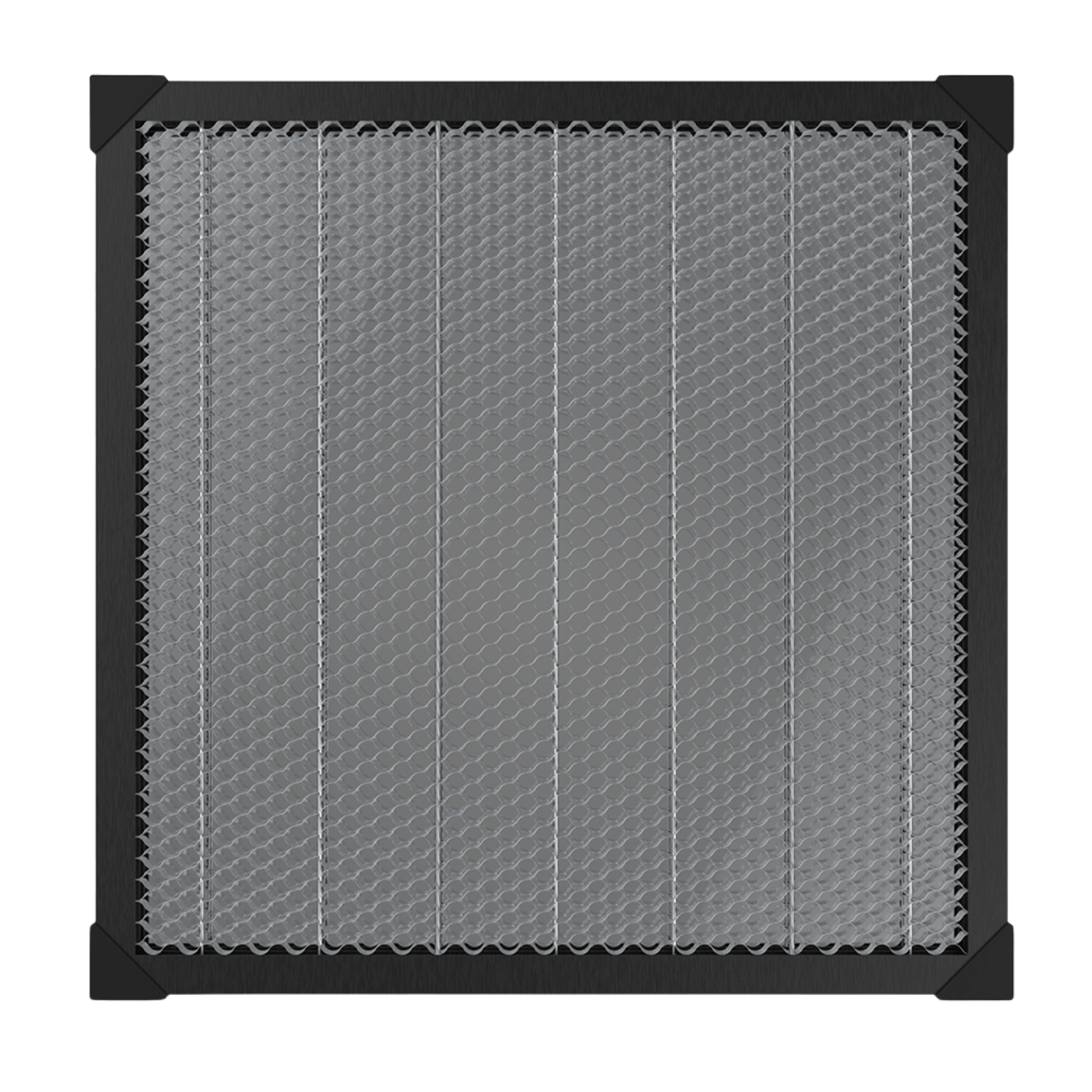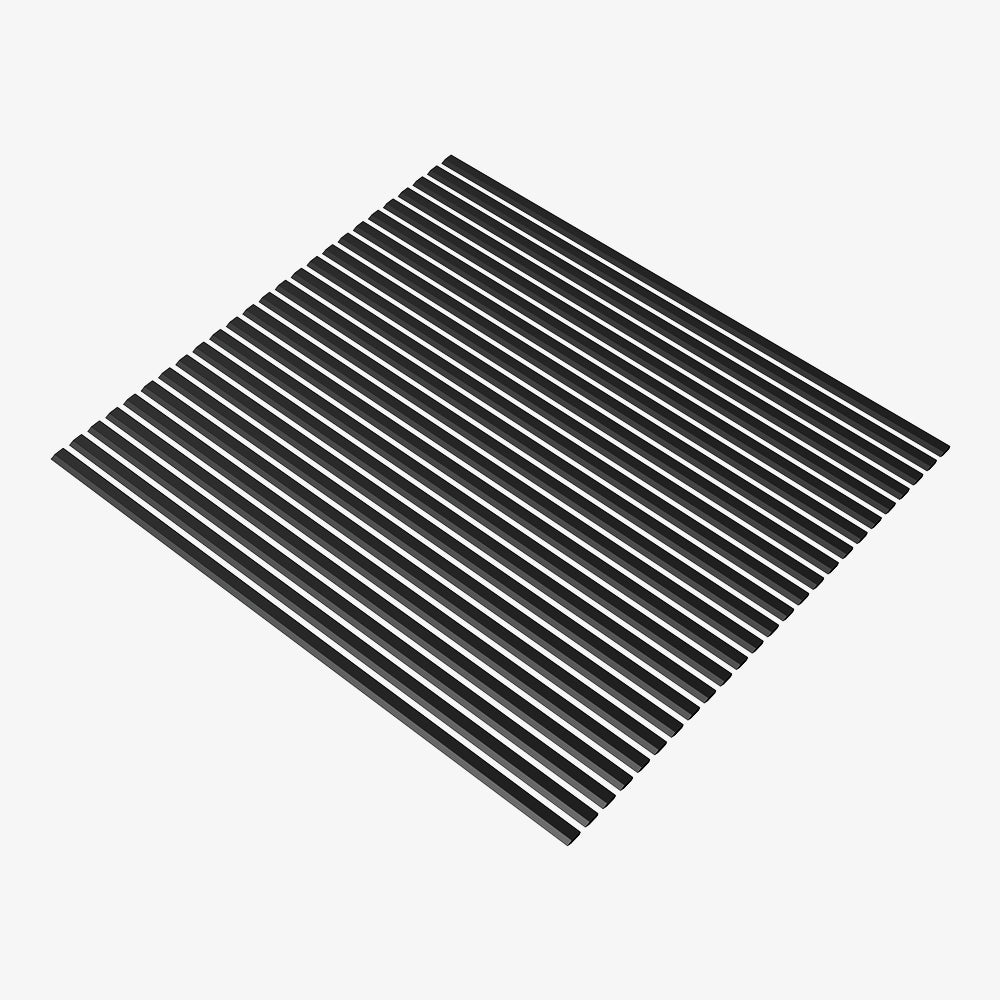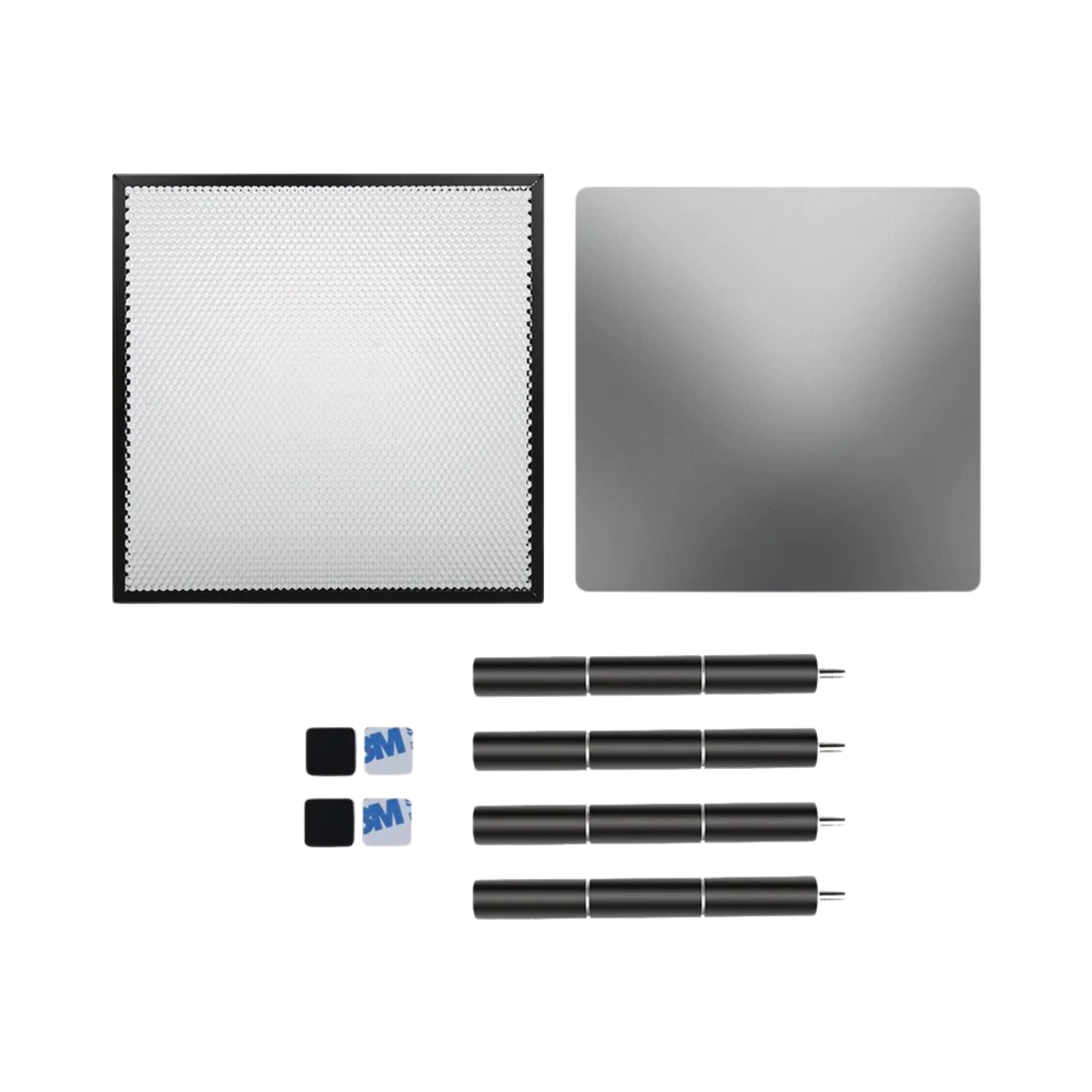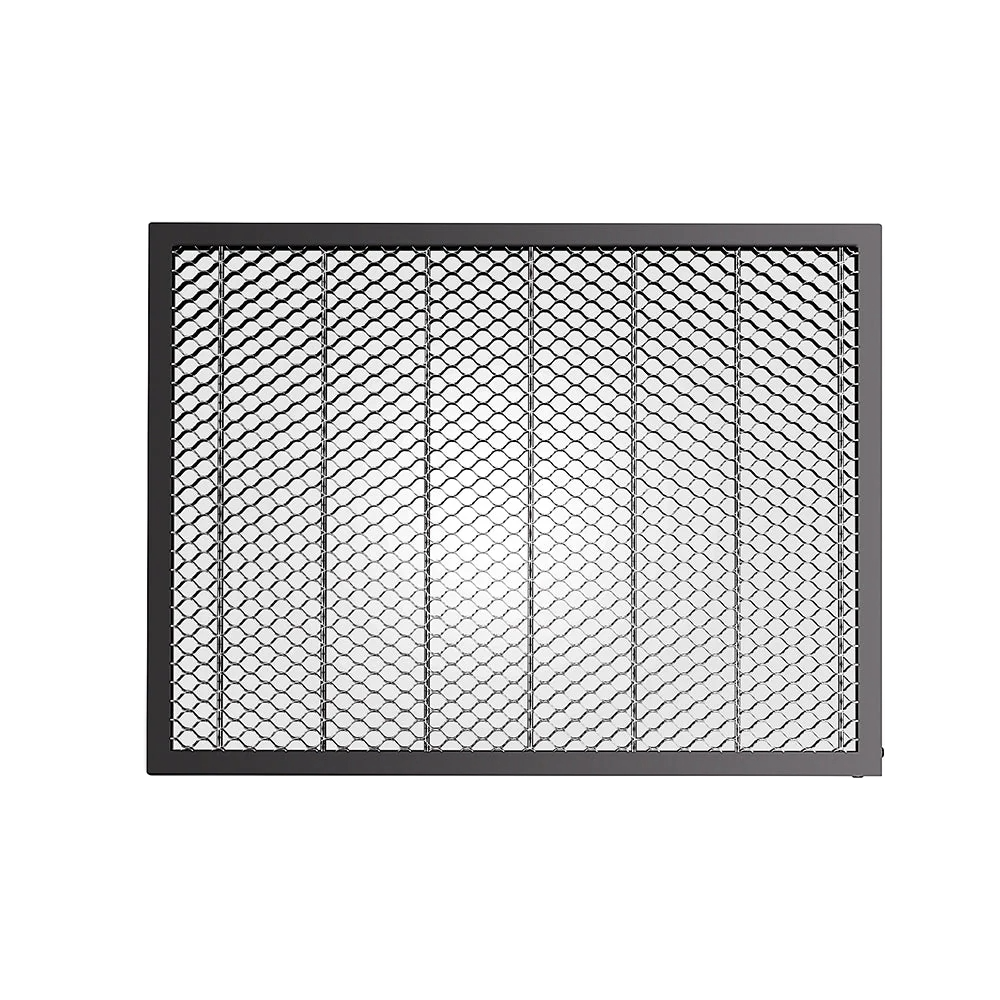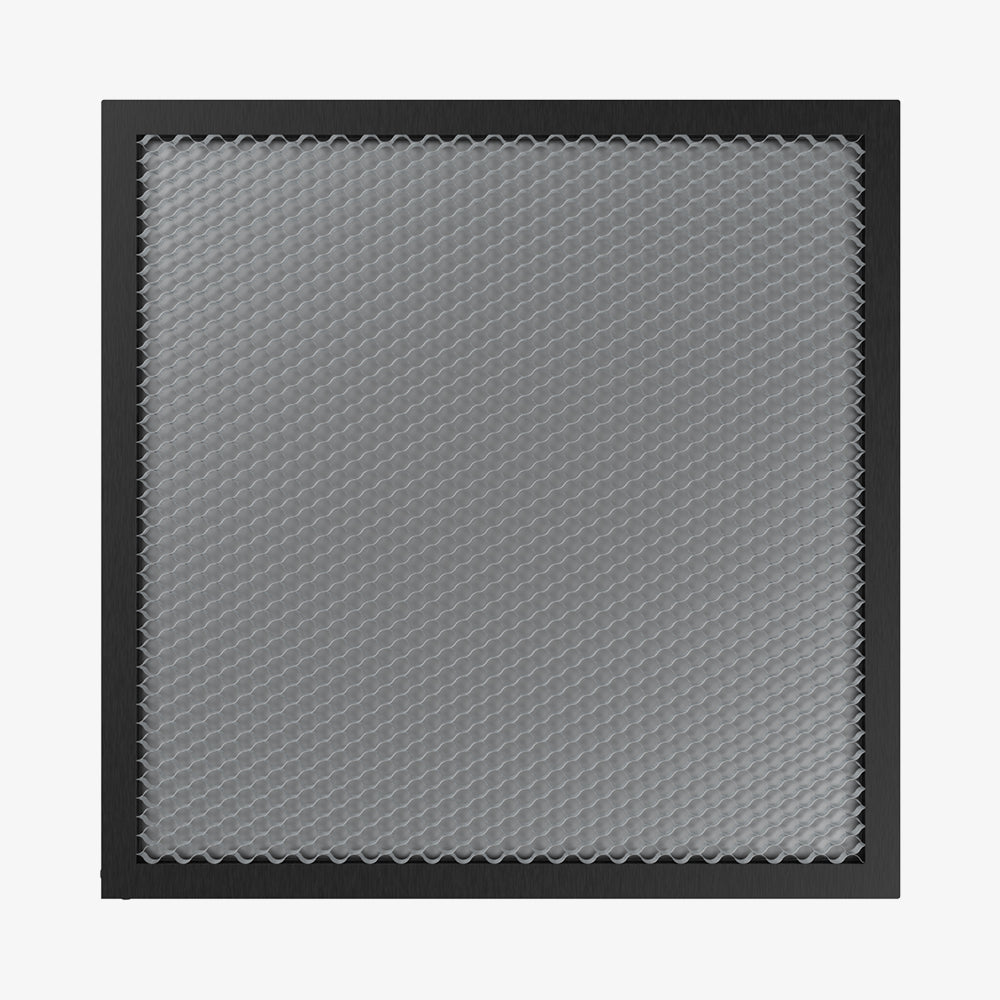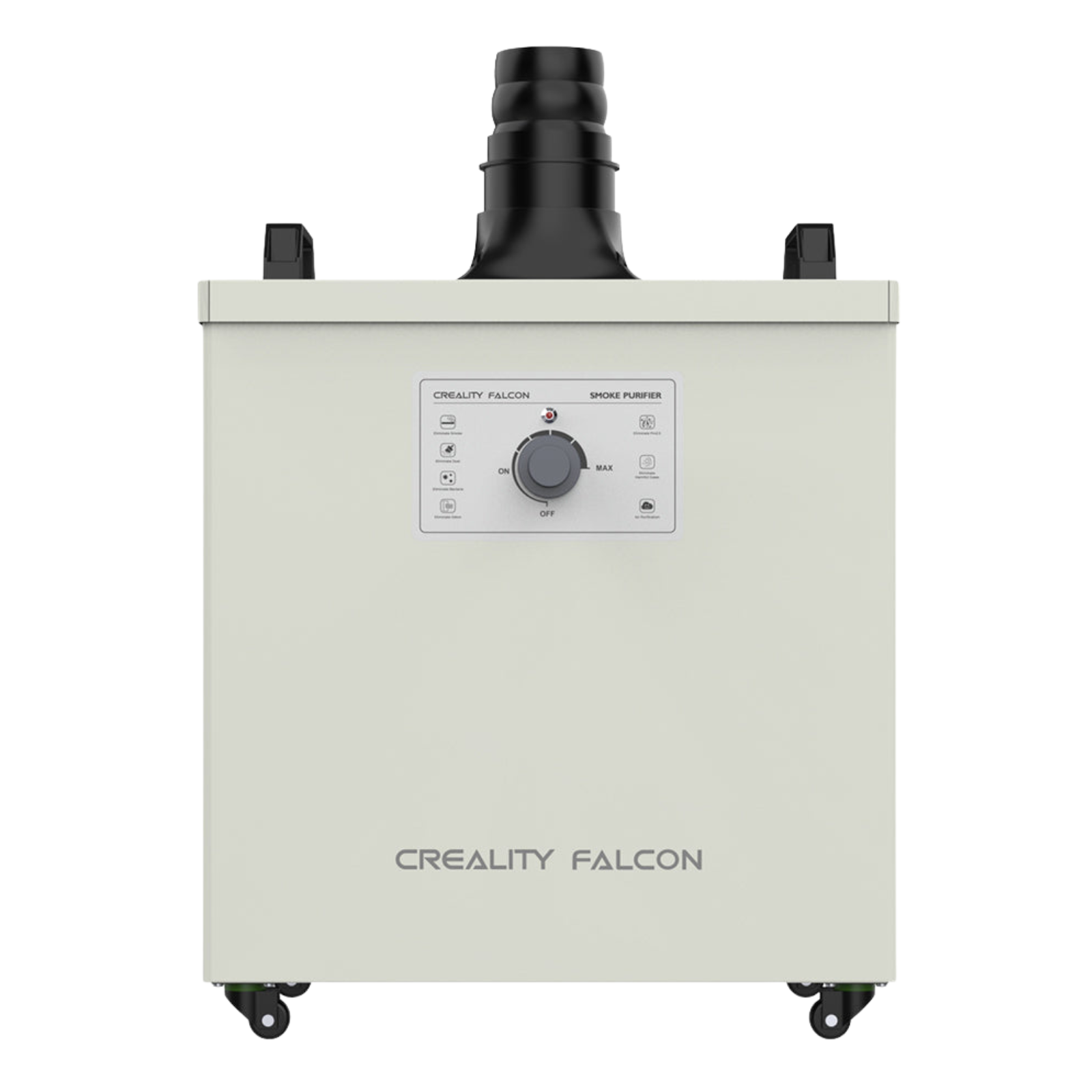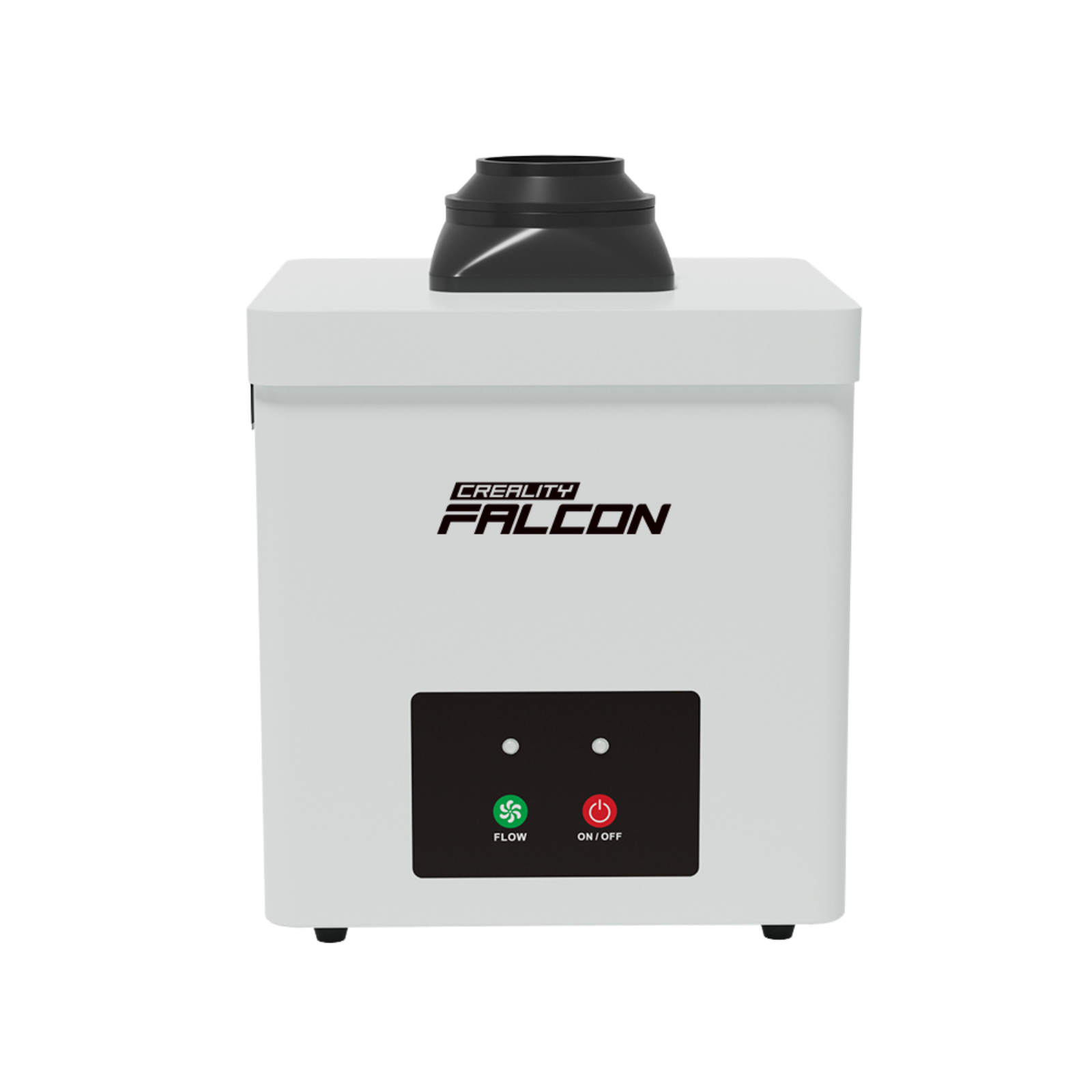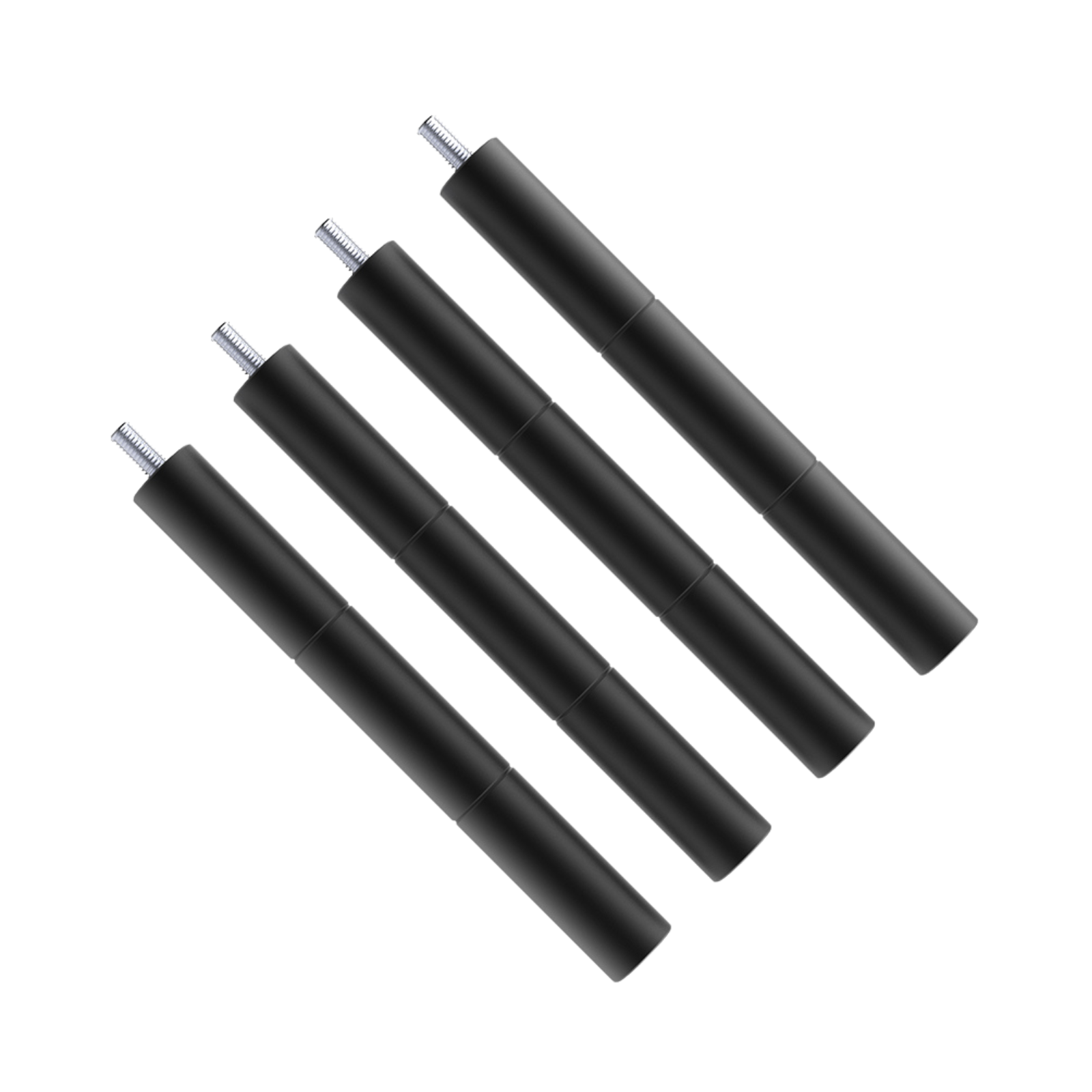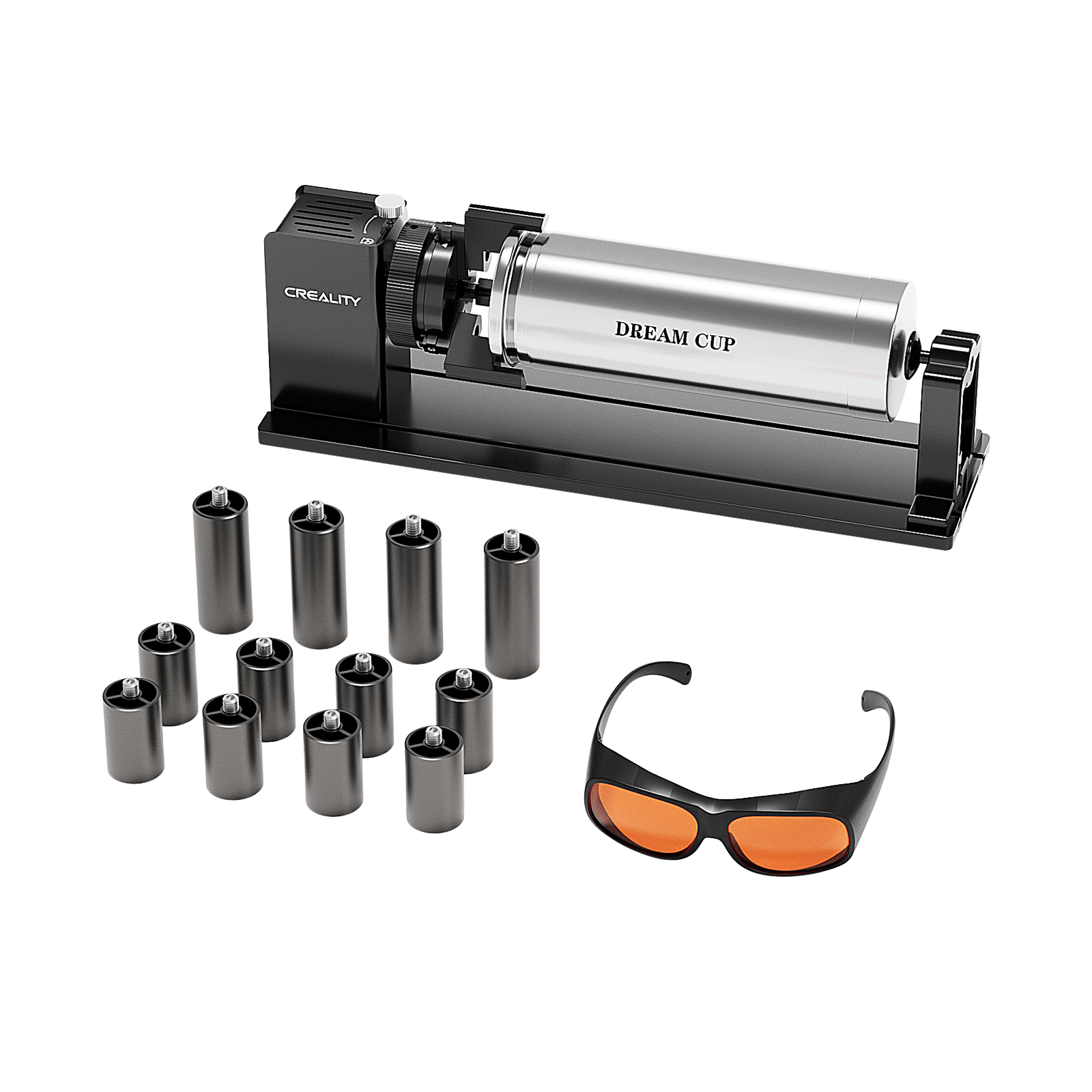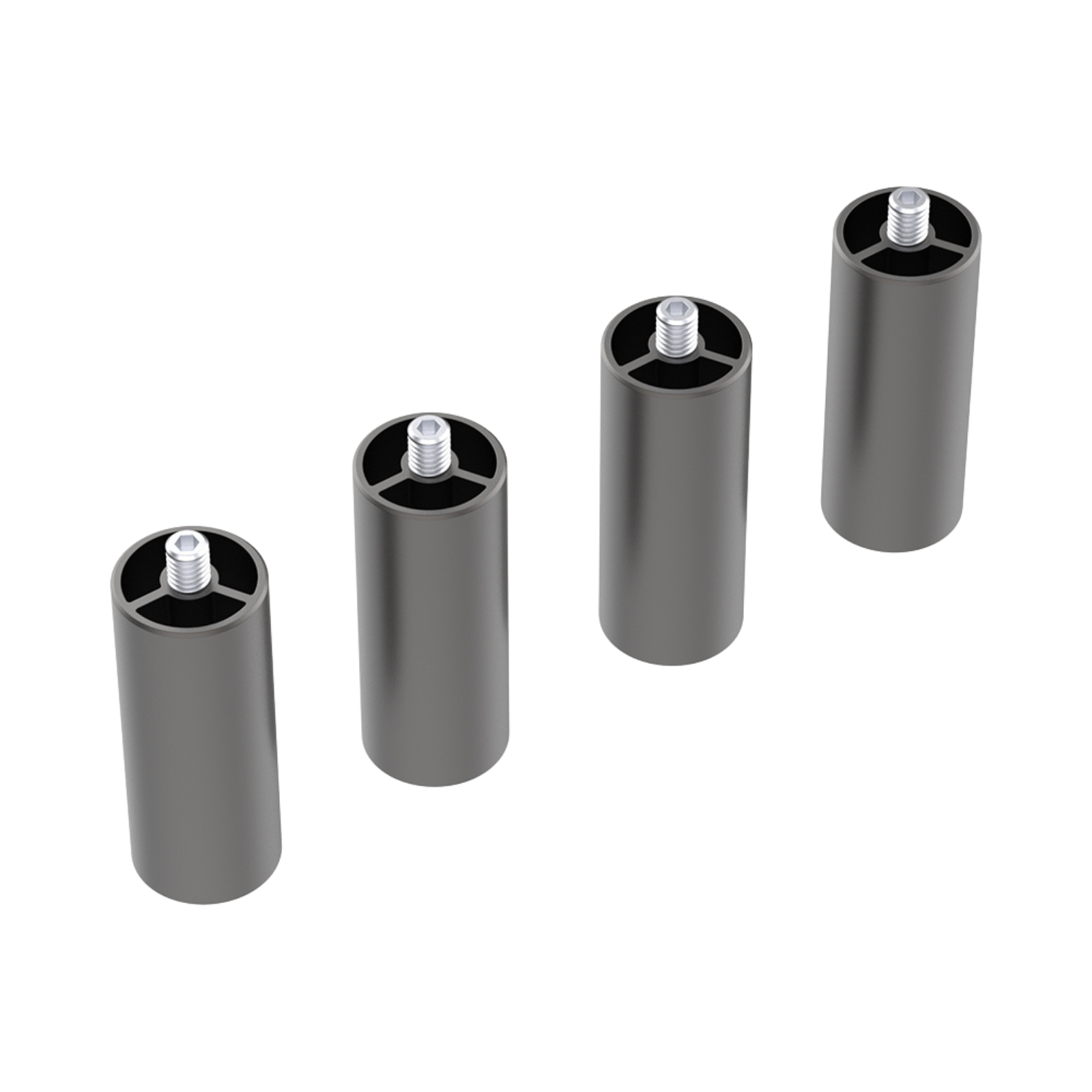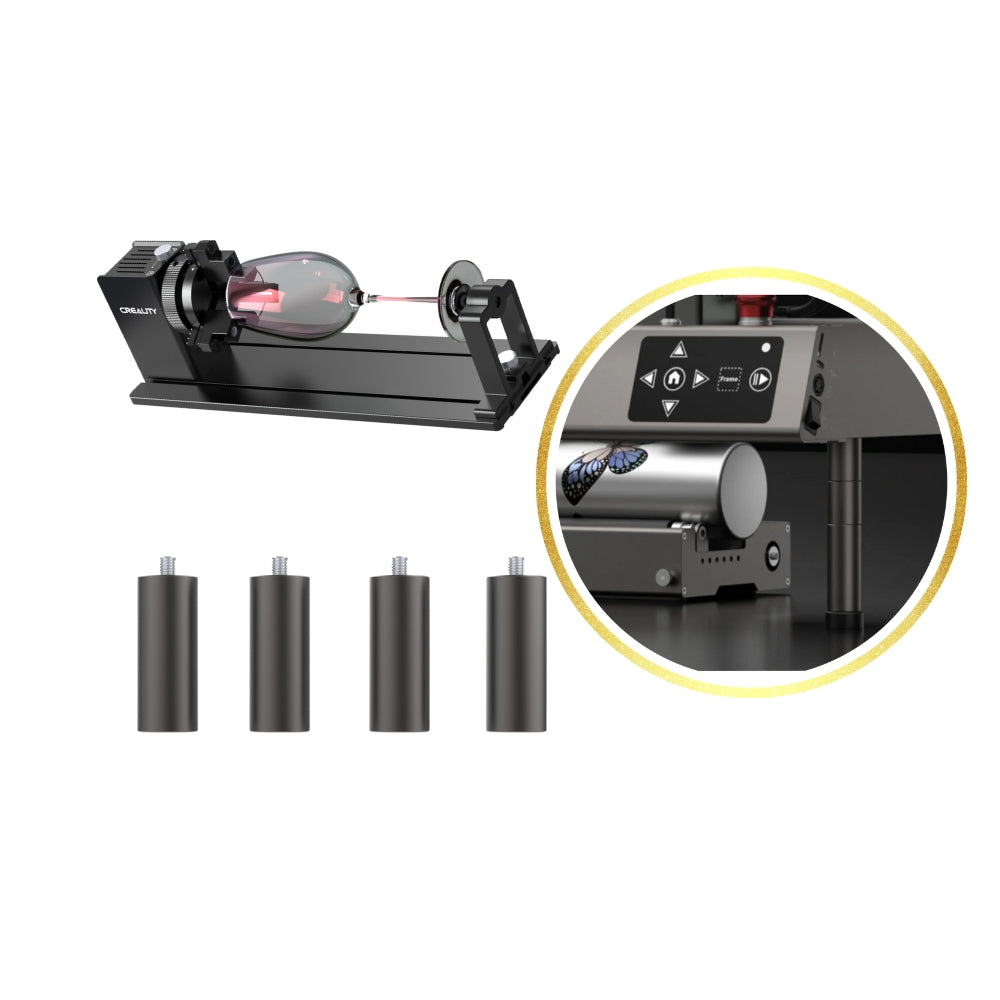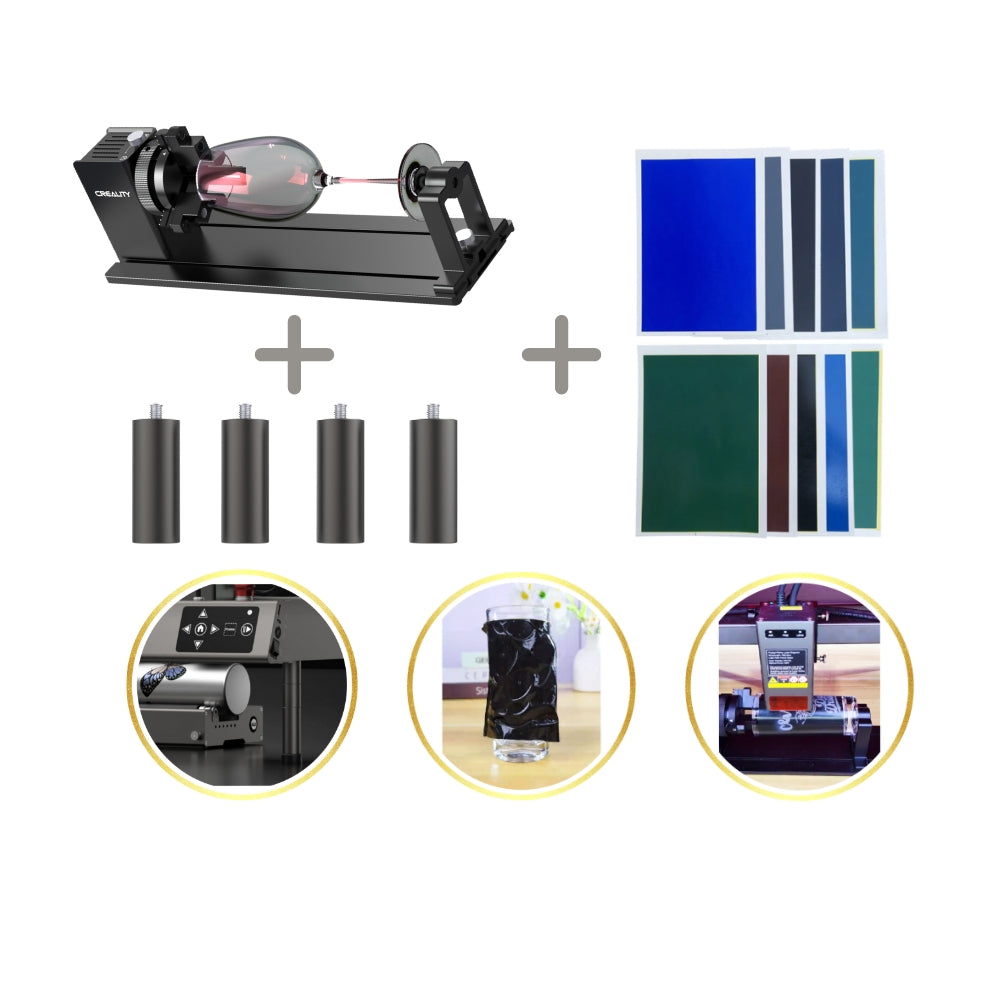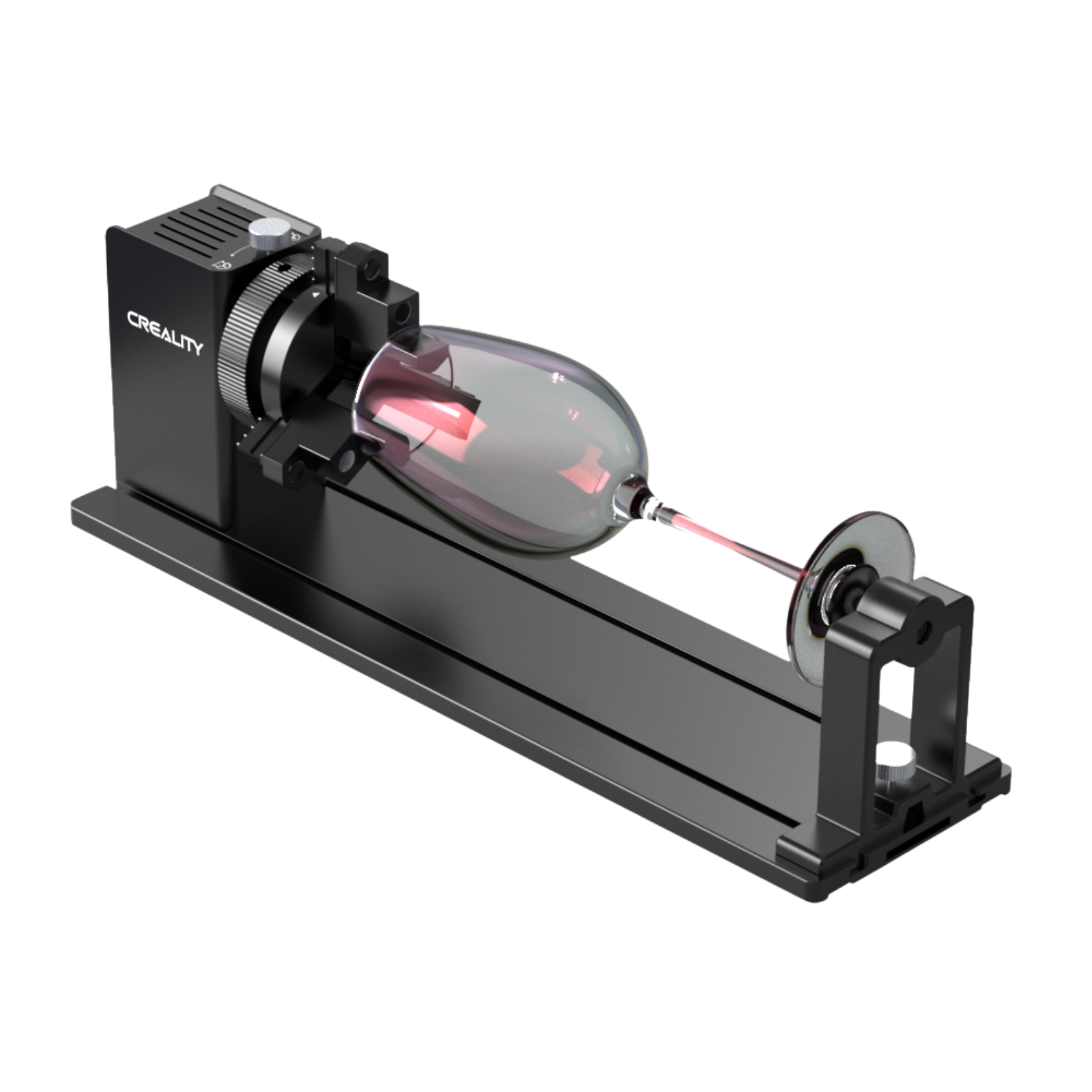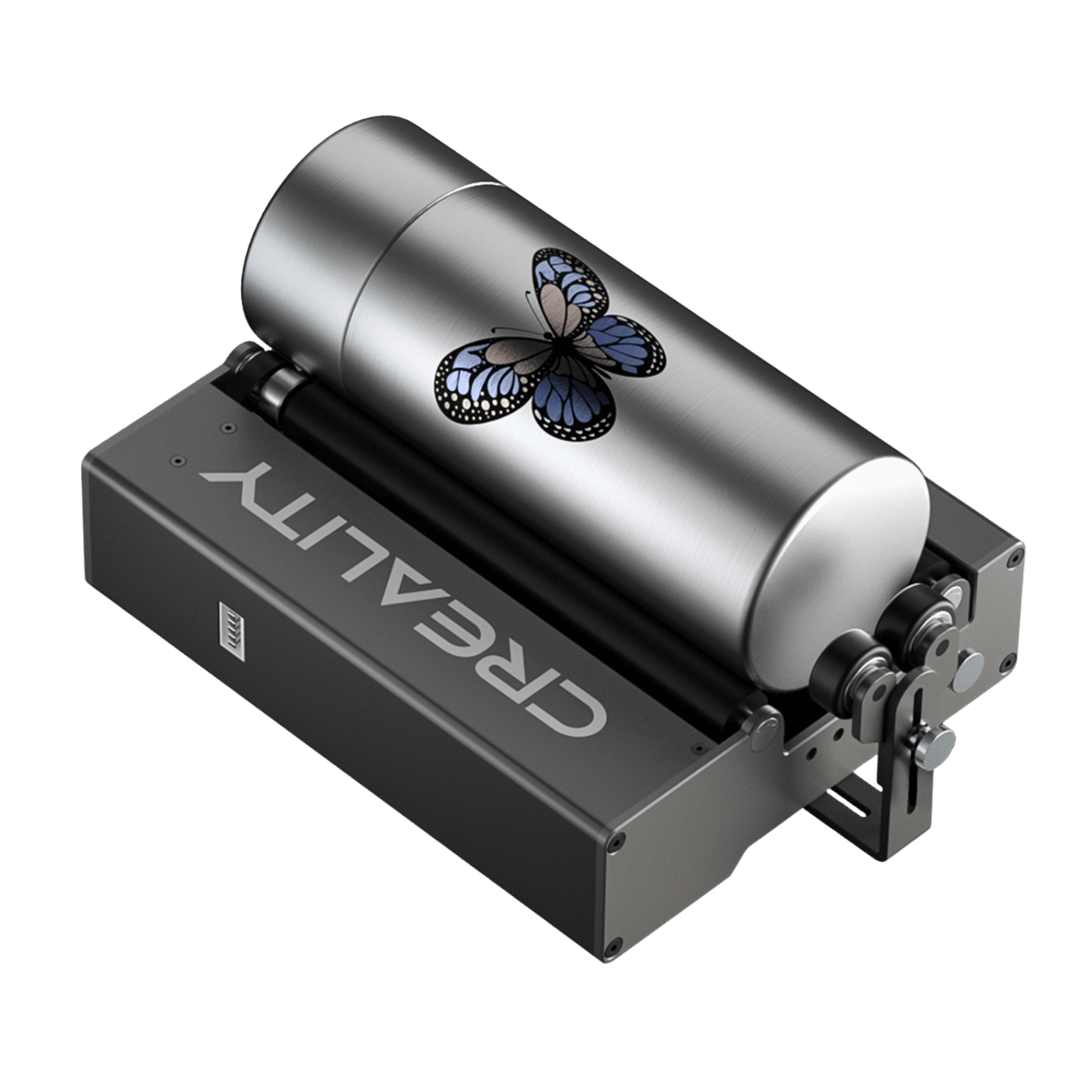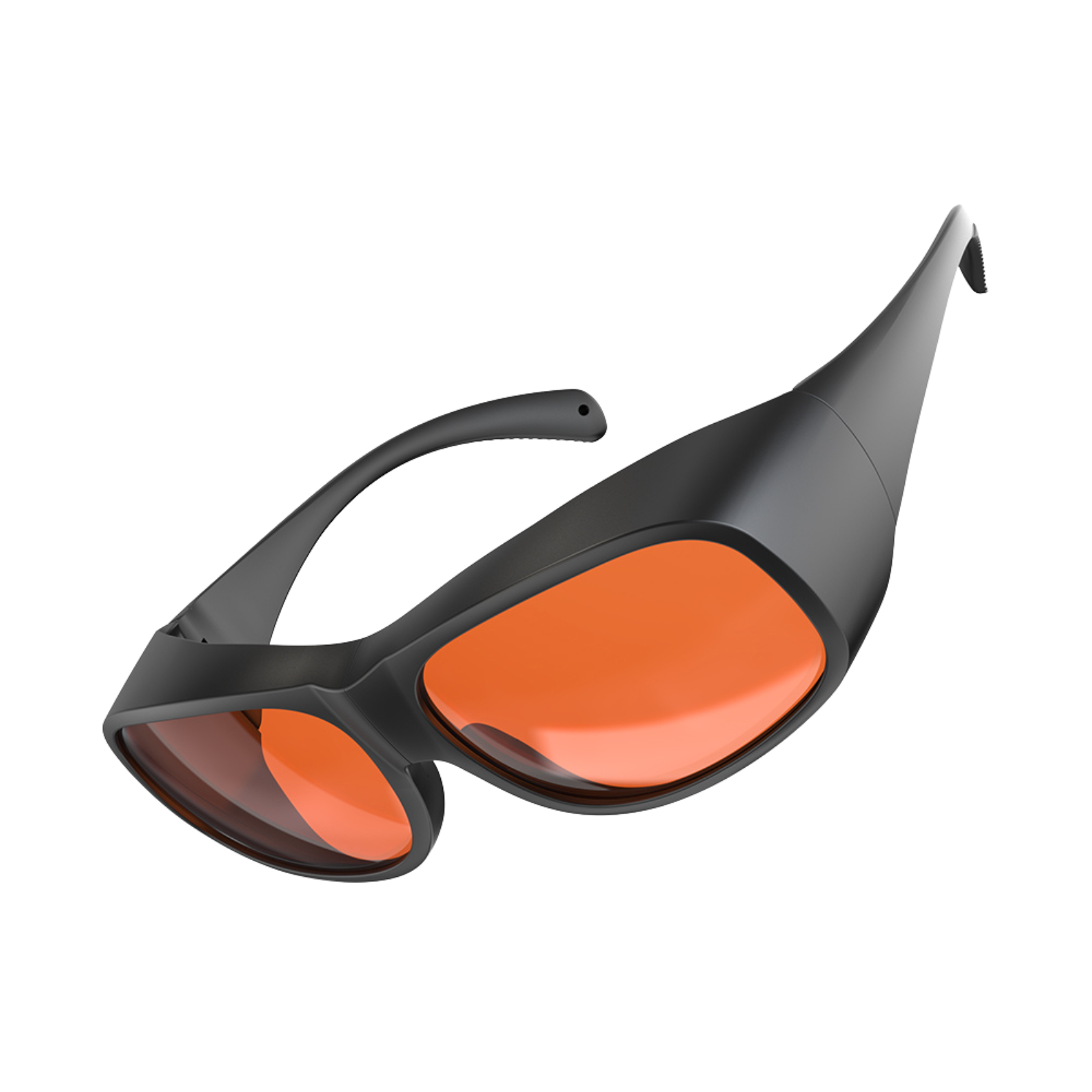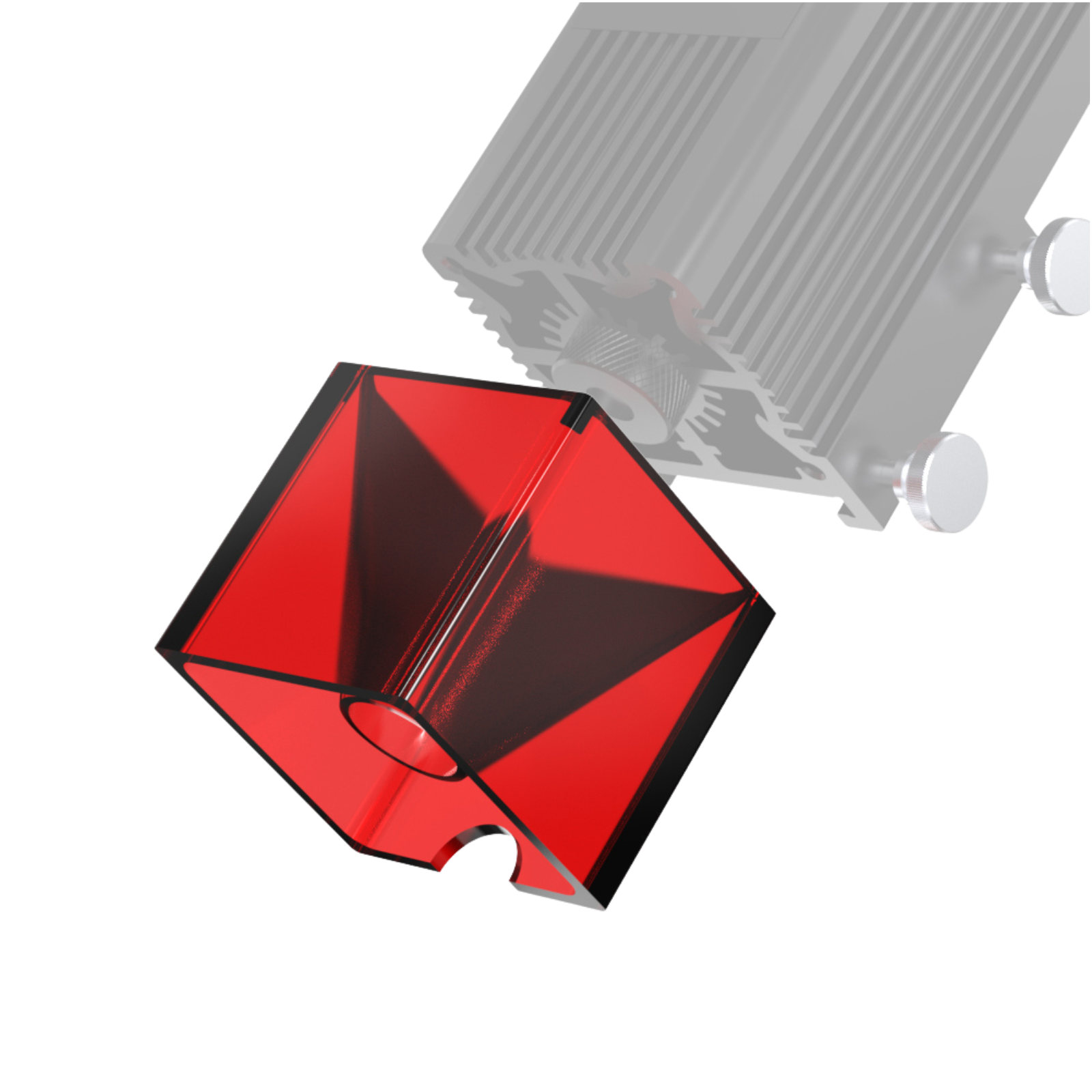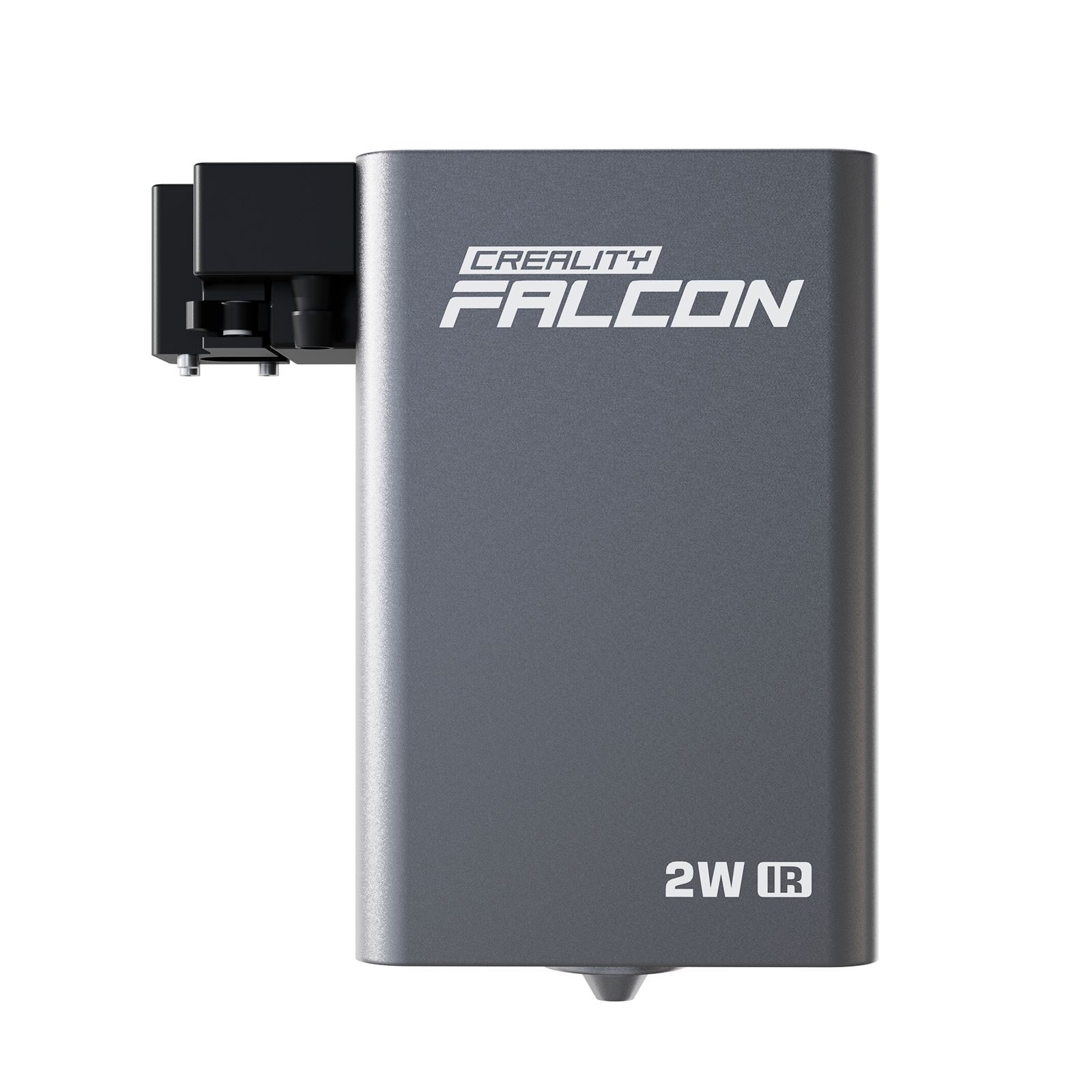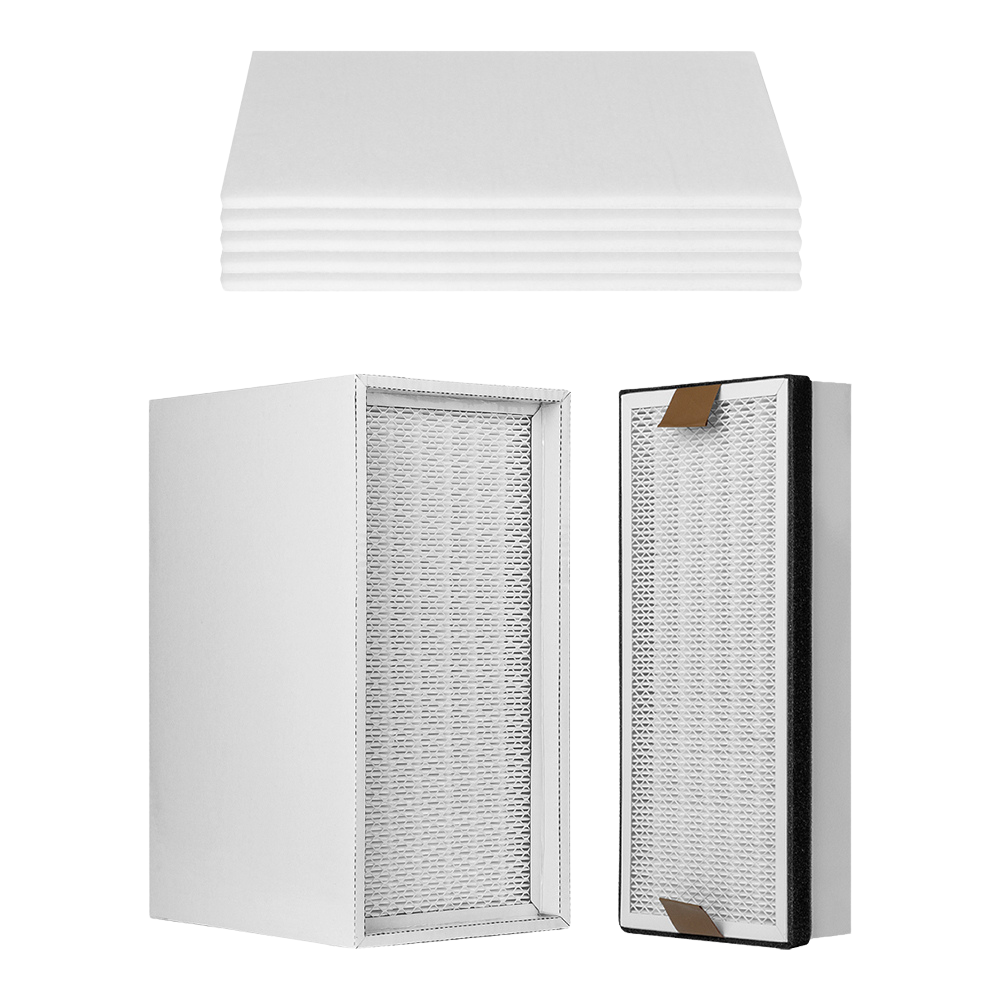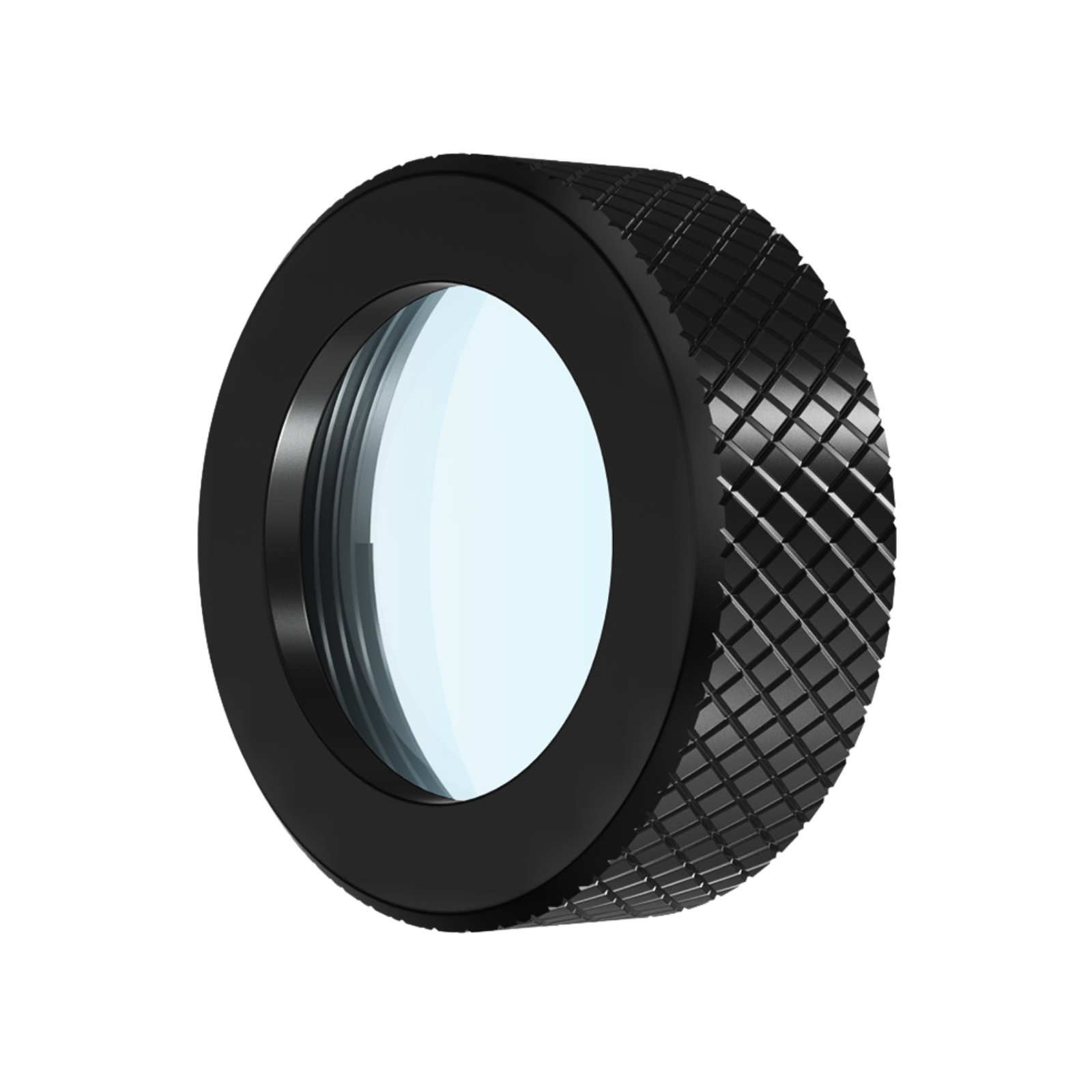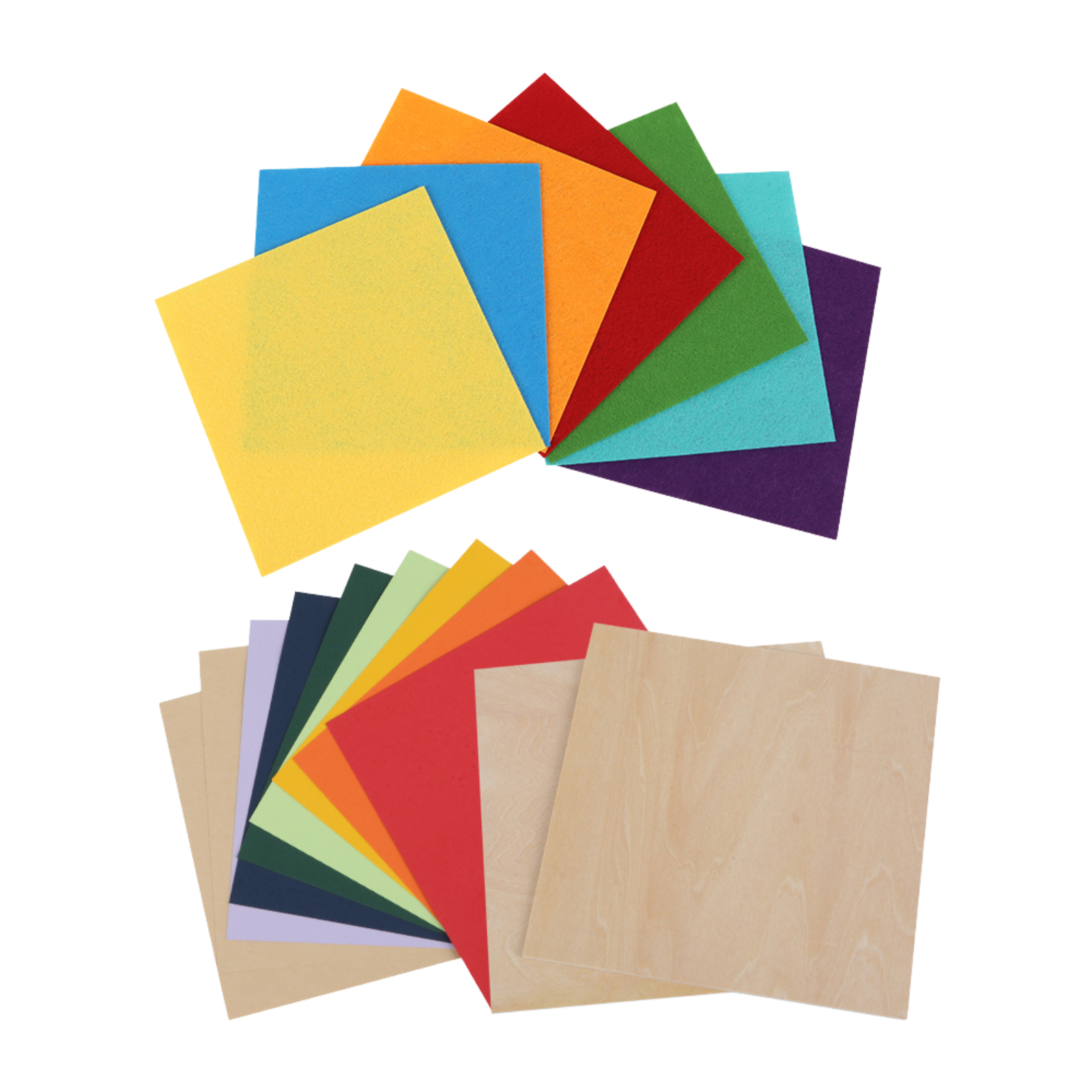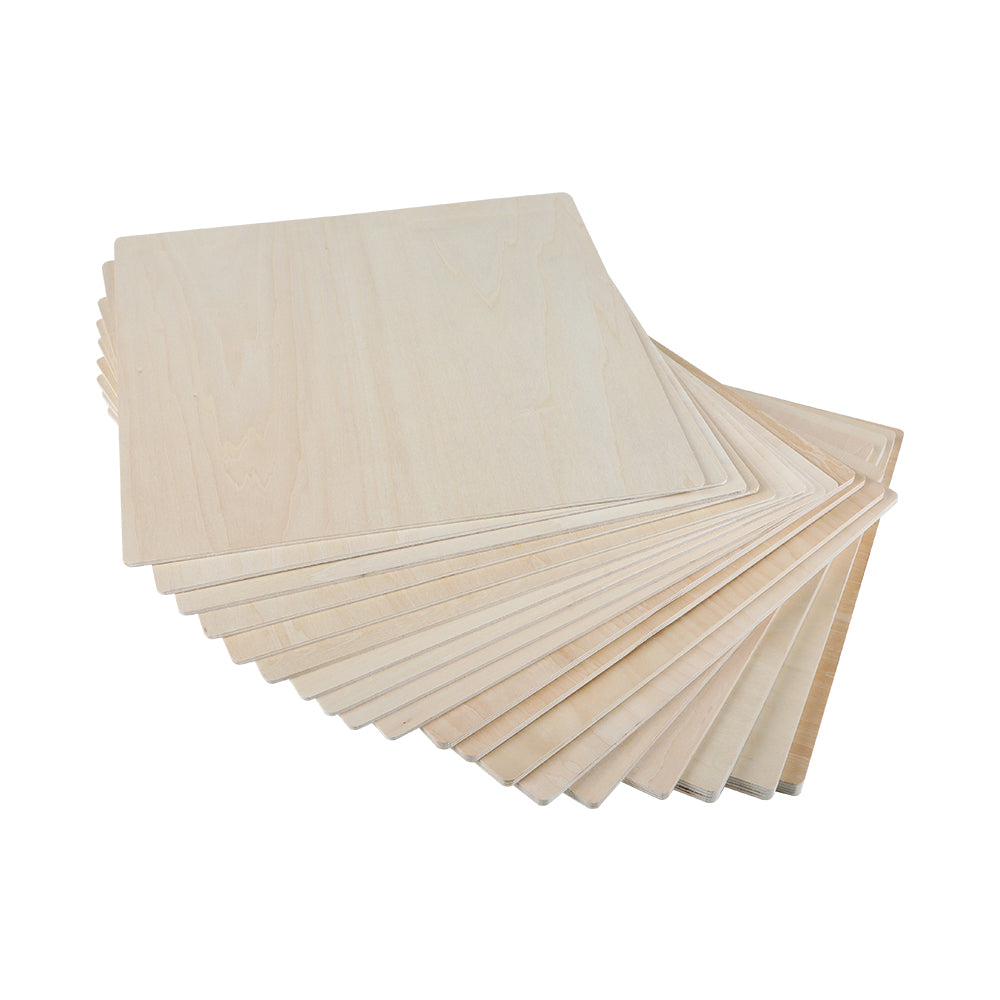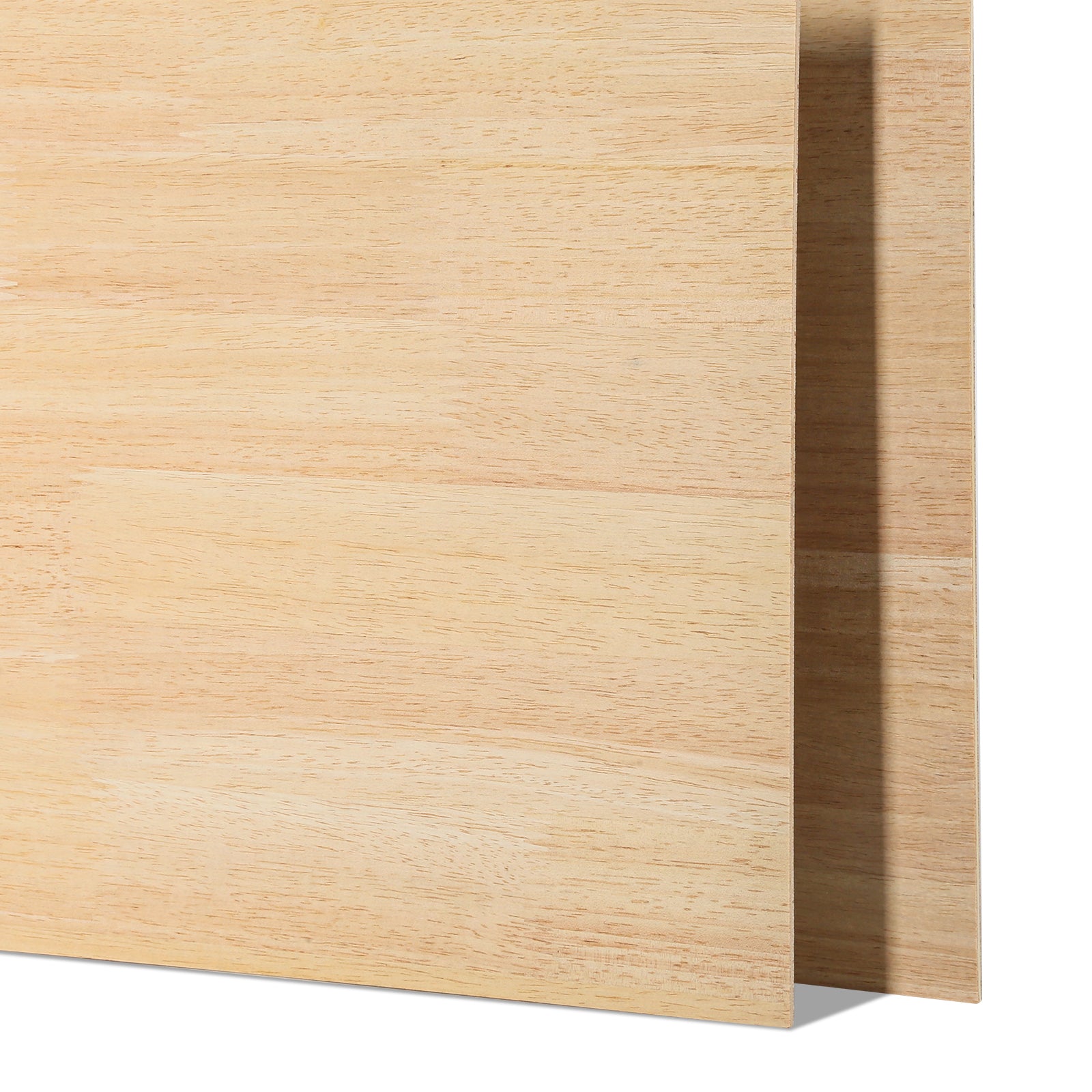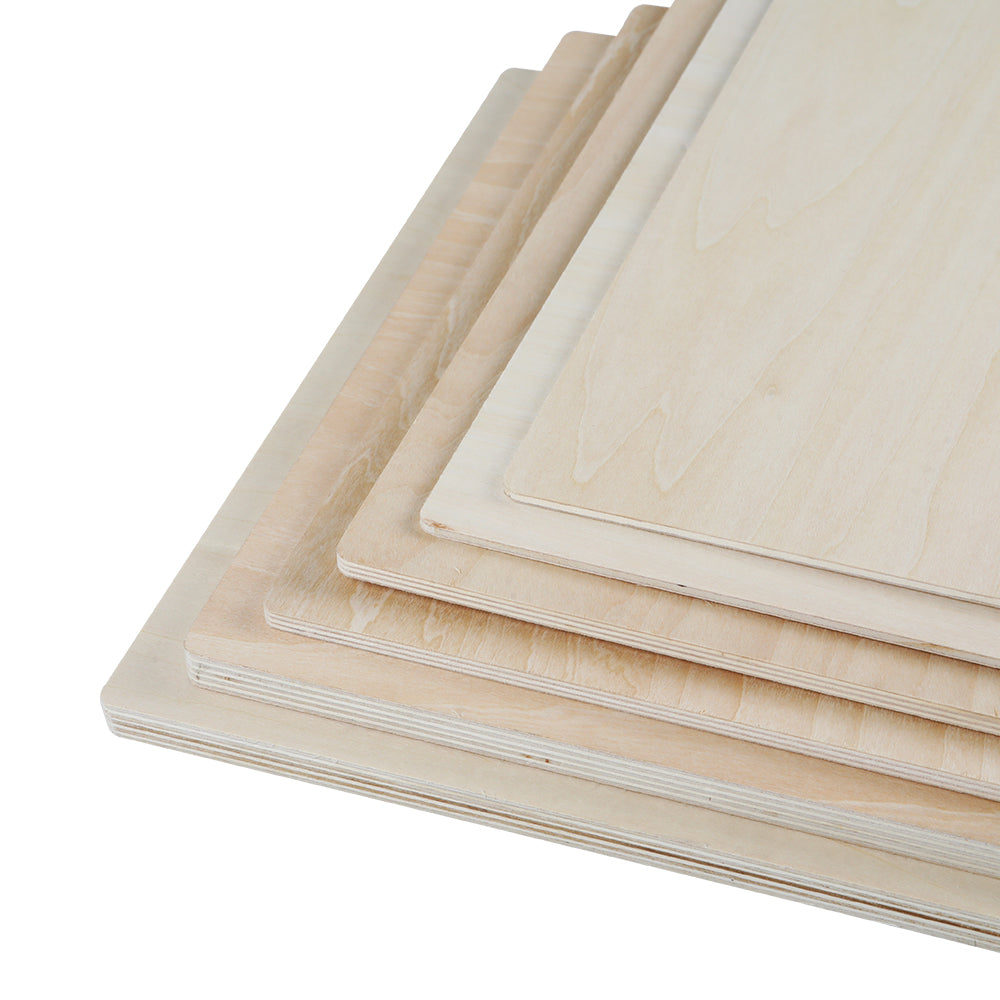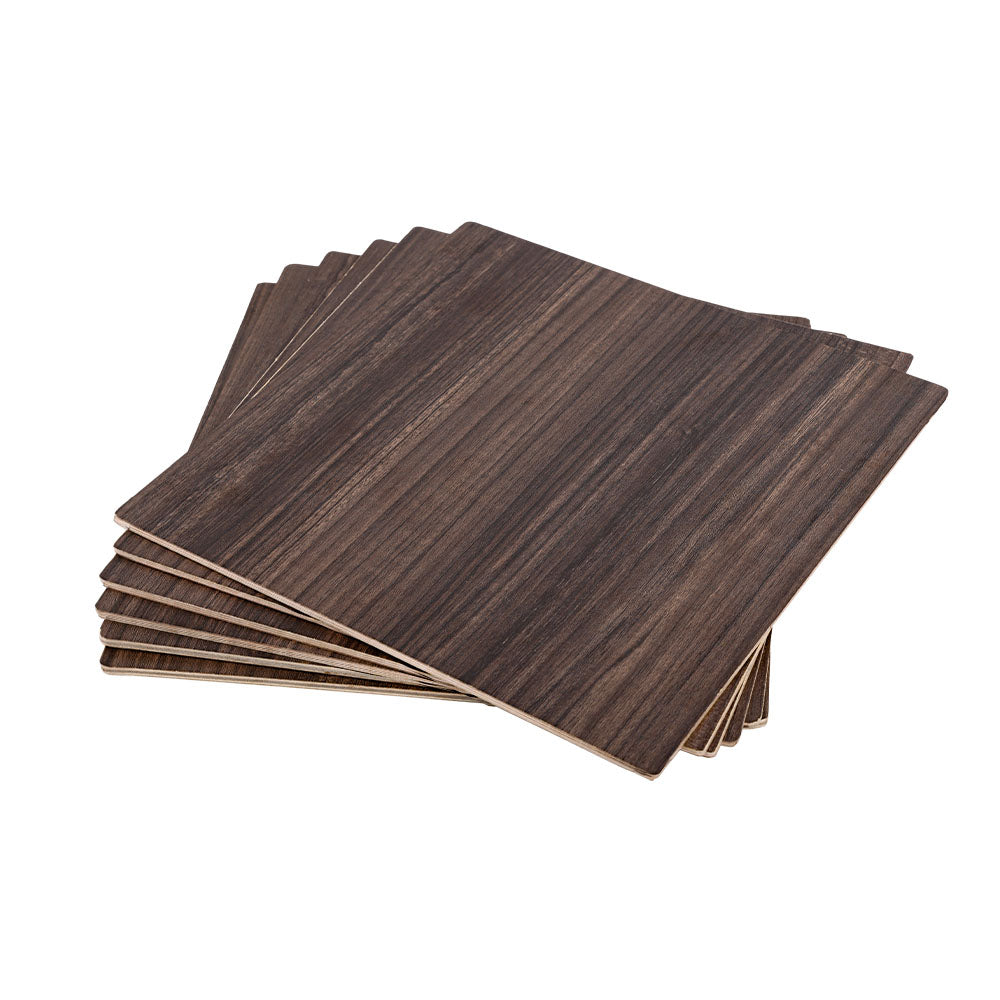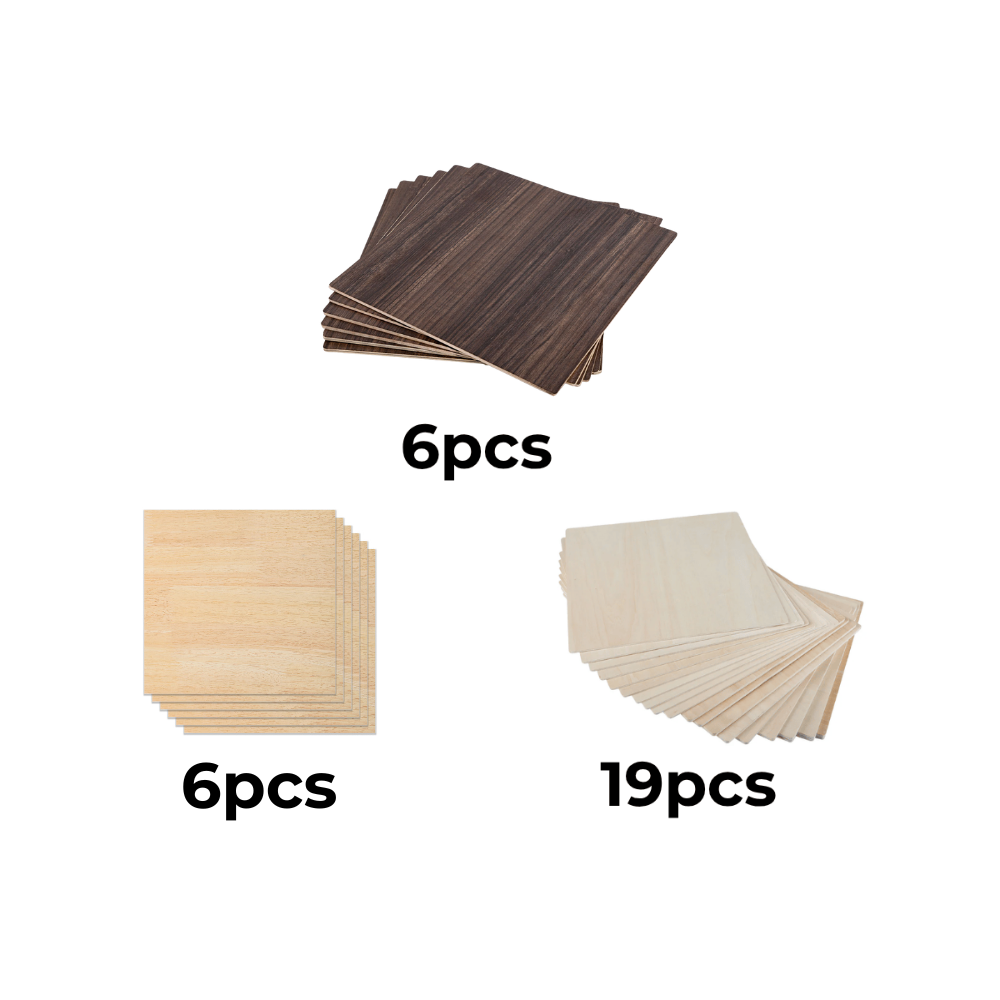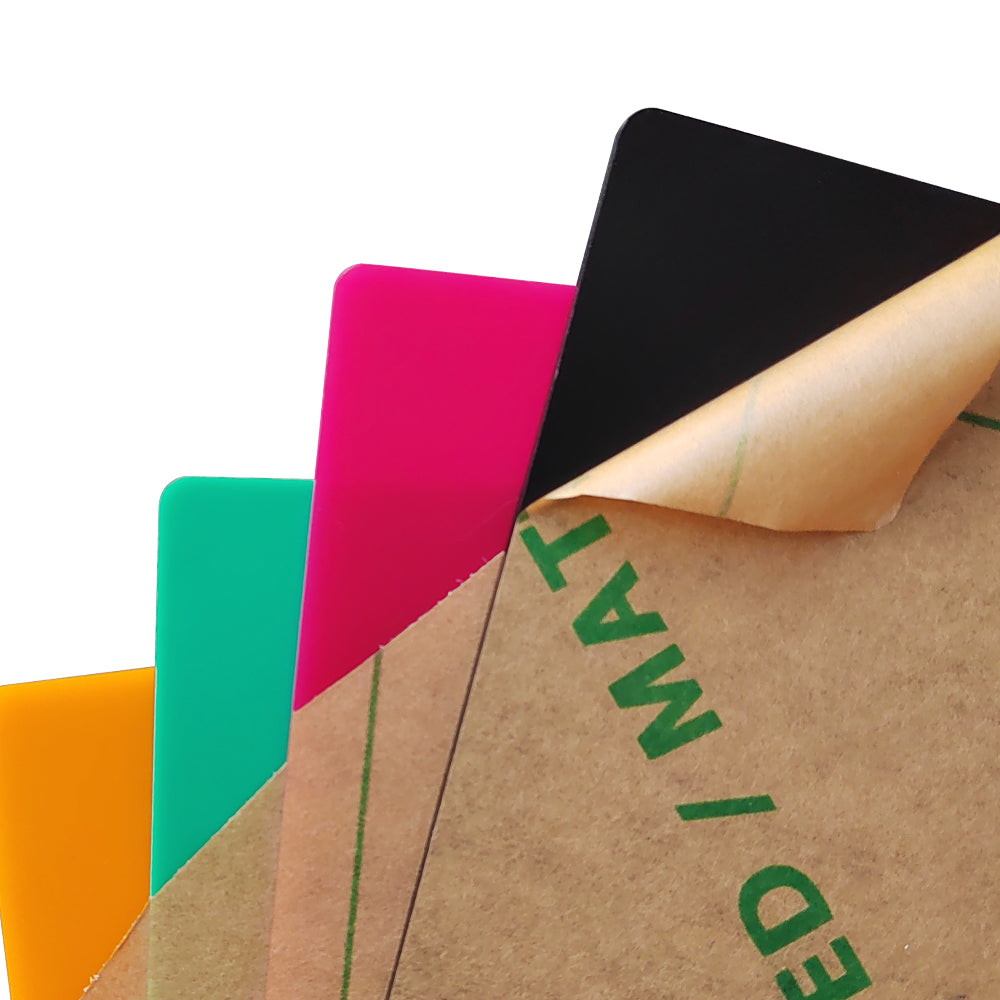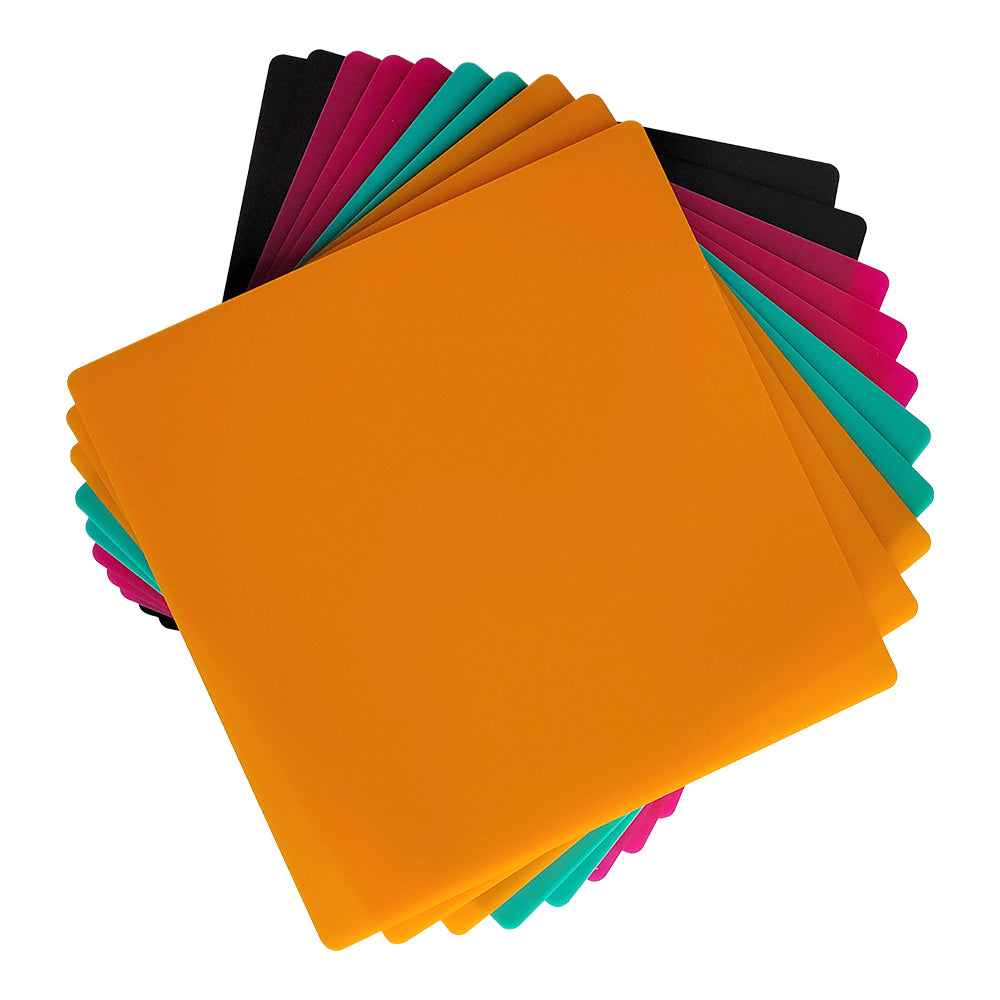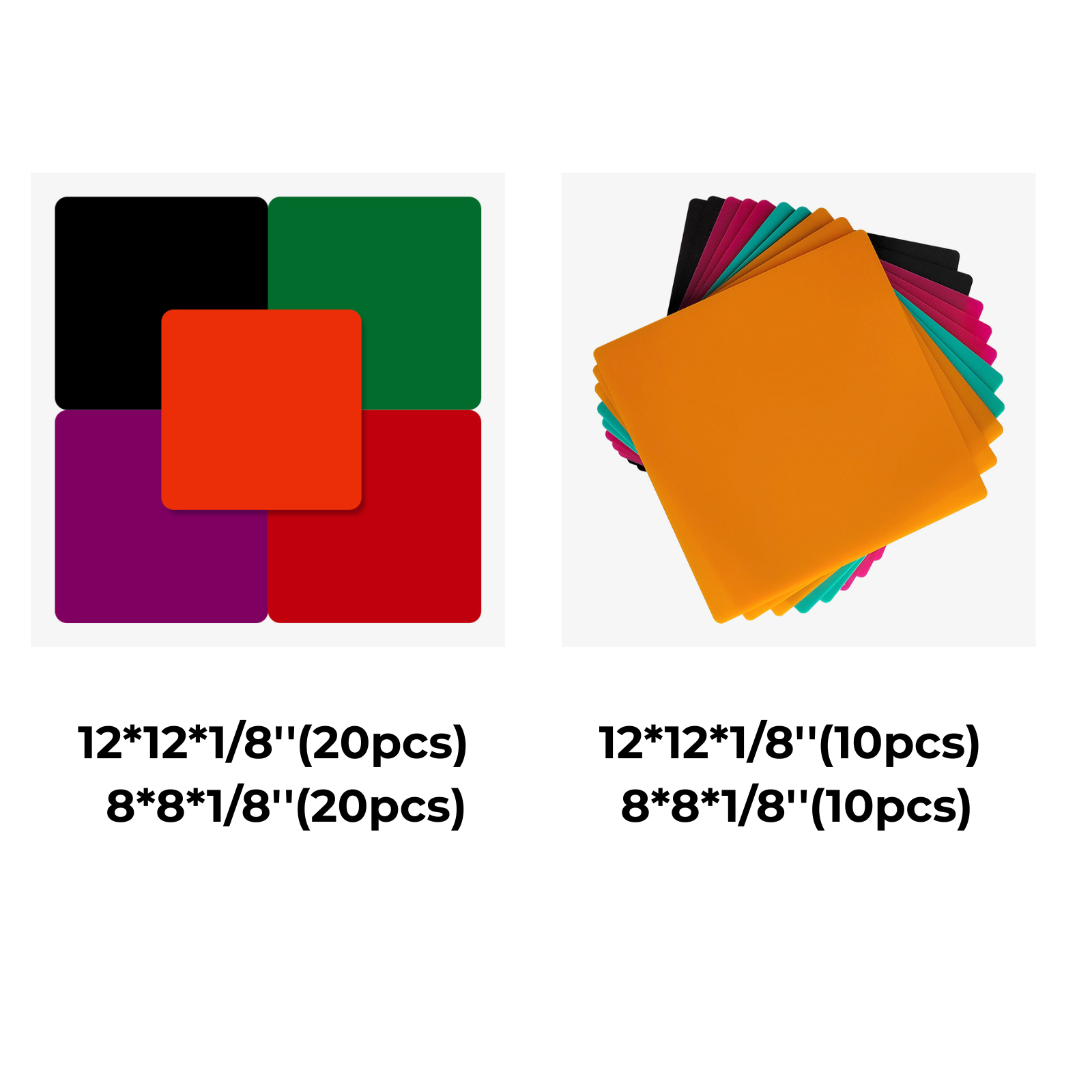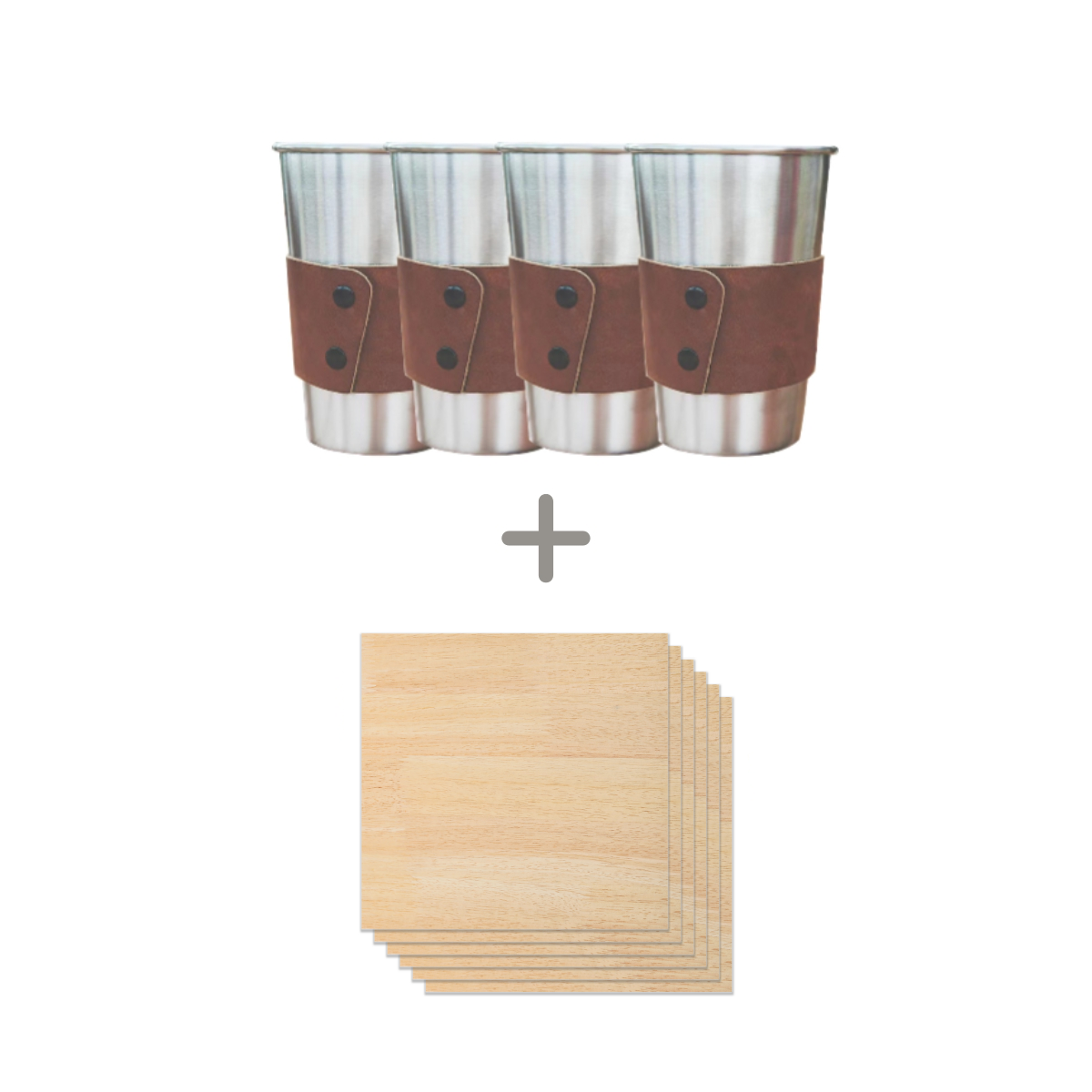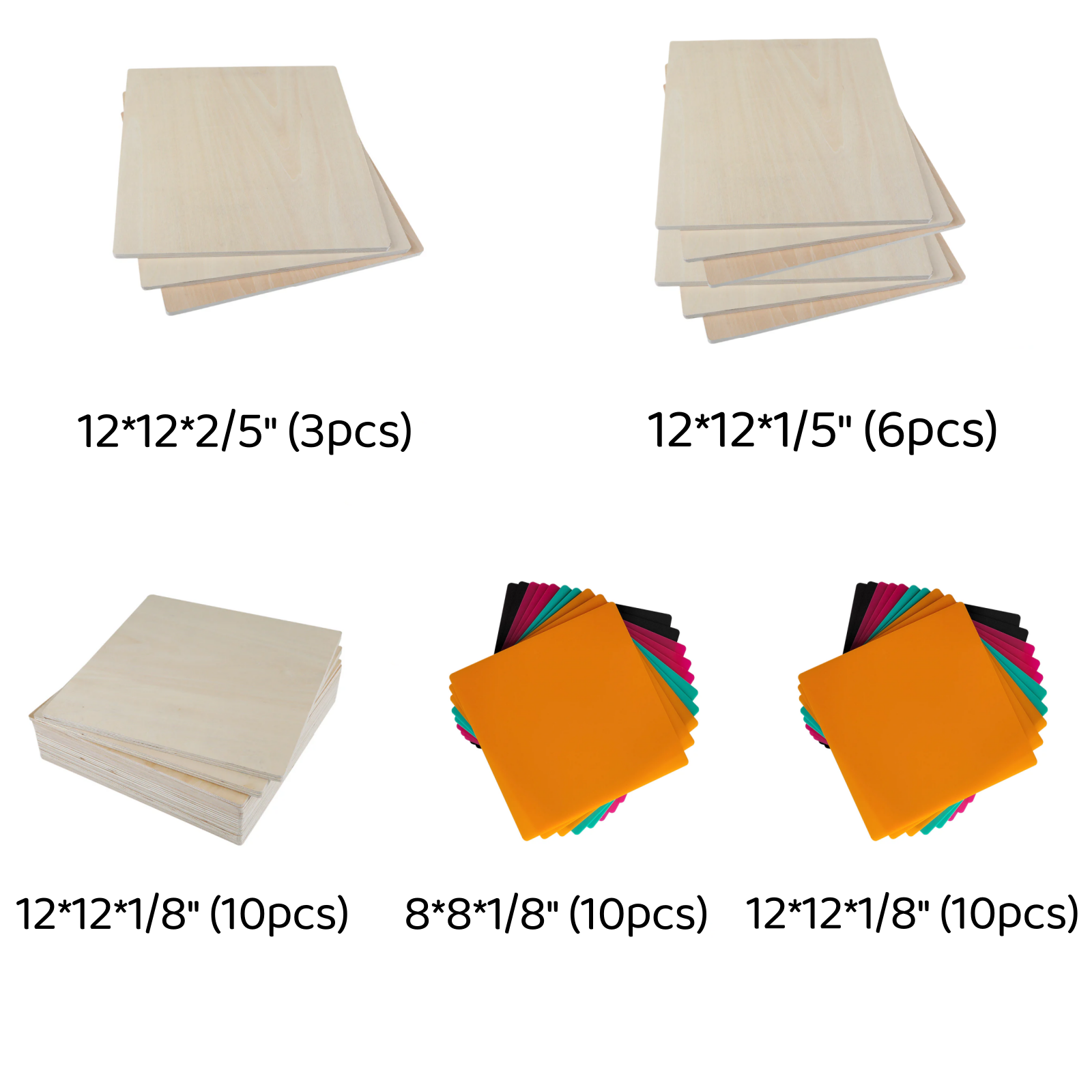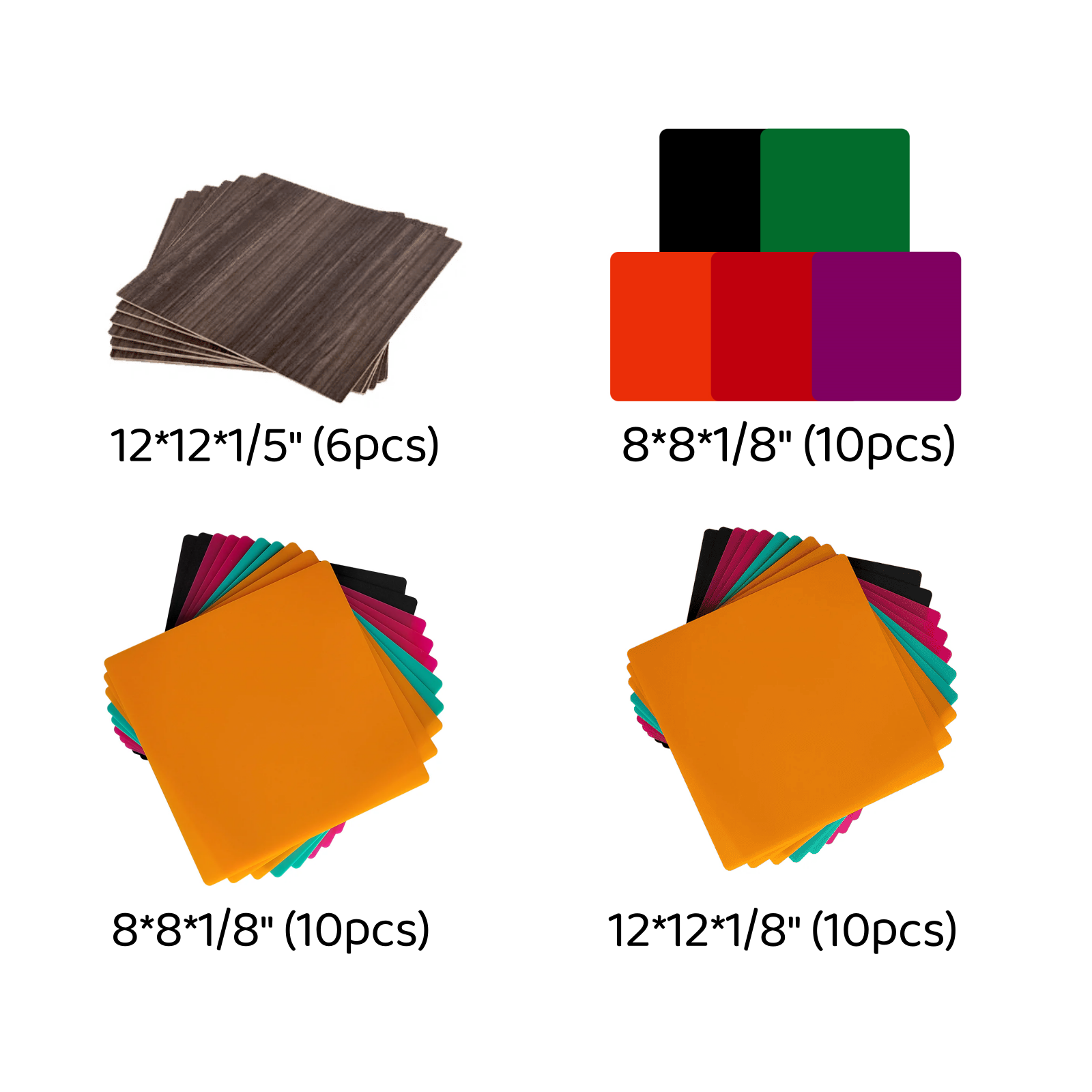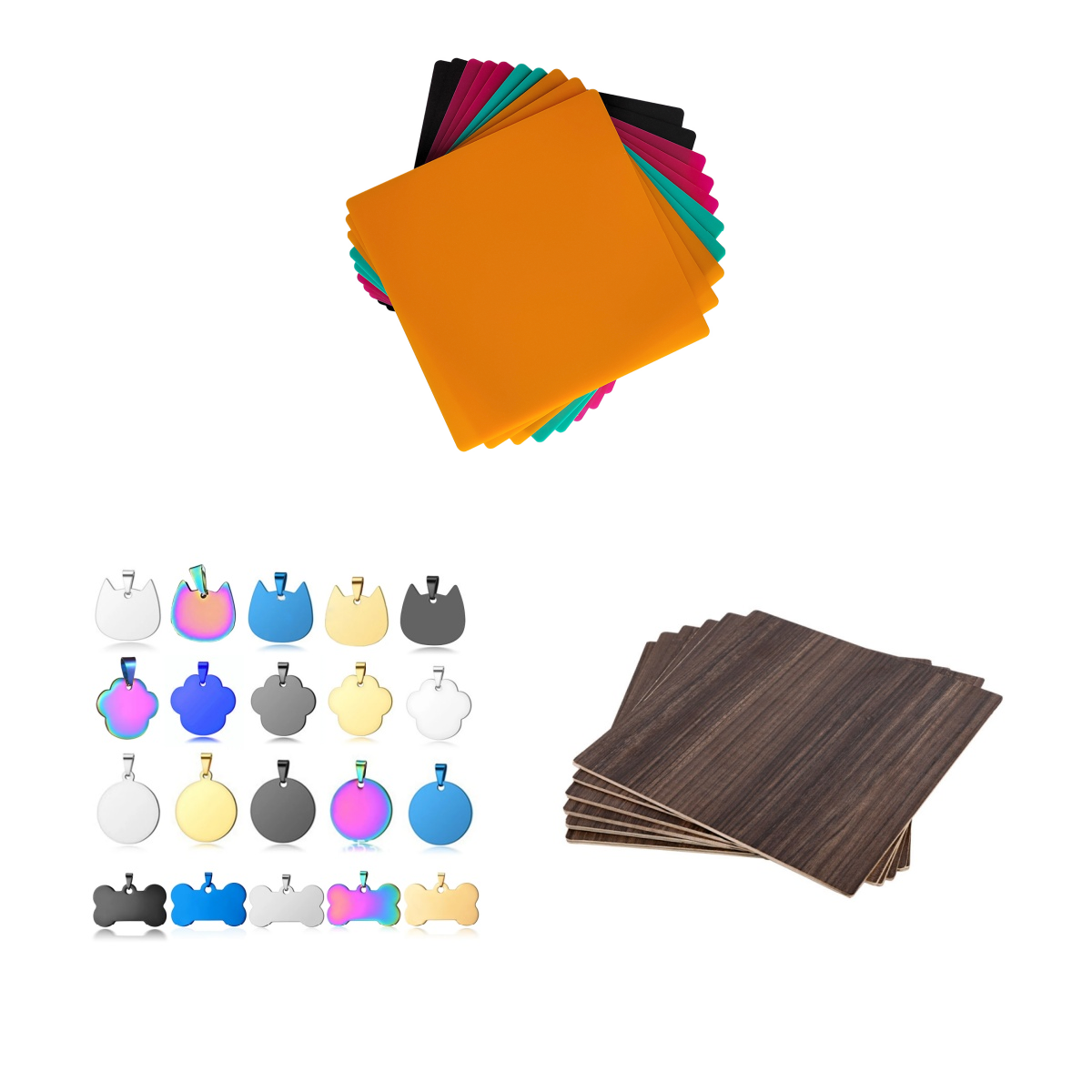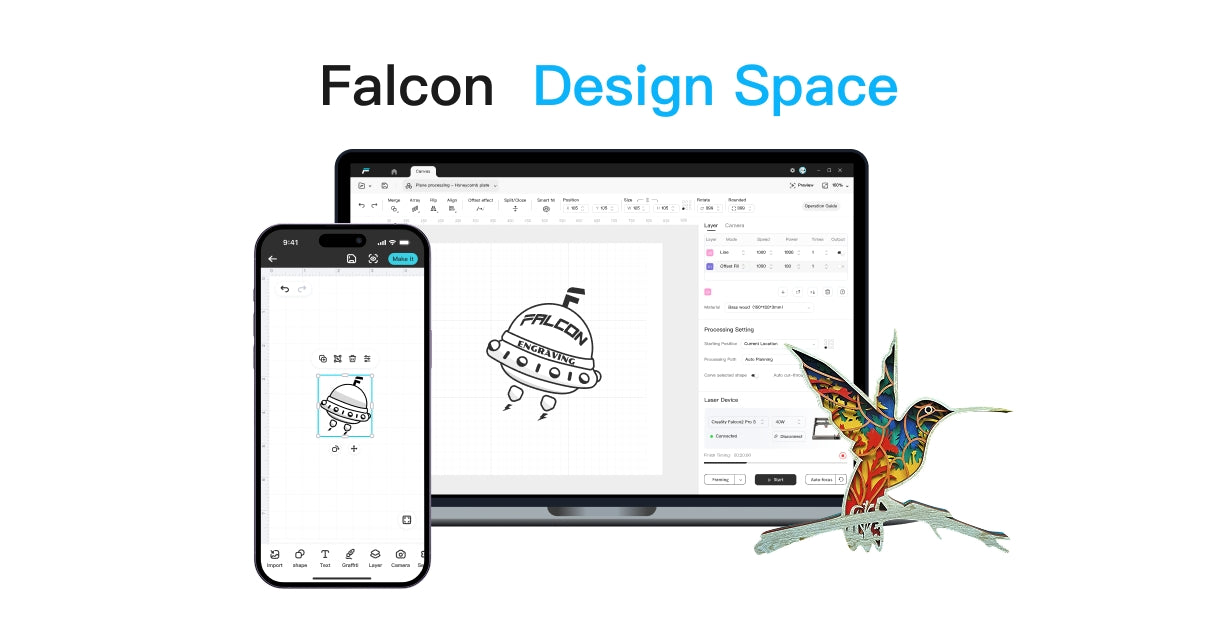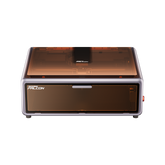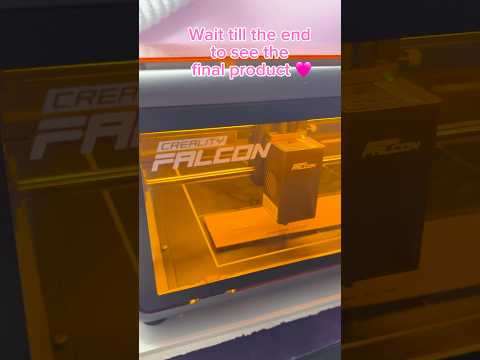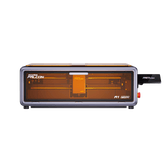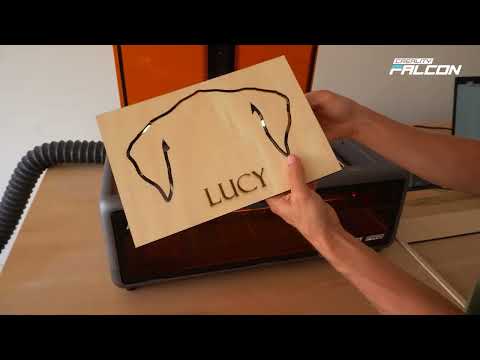Laser Engraver for Metal Explained: Types and Buying Tips
Making a metal item into a custom piece is easy with a laser engraver. You can mark tools, personalize gifts, or make your own jewelry.
We'll explain different laser types, like fiber and diode lasers, so that you can find the perfect engraver for your needs. This will help you engrave metal without any hassle.
7 Affordable Laser Engravers for Metal Hobbyists
Given that we are looking for an "affordable" metal laser engraver, we have balanced brand recognition with product price and the ability to engrave metal to summarize this list for you.
|
Product |
Laser Type |
Price |
Bare Metal |
Coated Metal |
|
2W Infrared laser |
$509.00 |
Light engraving |
Yes |
|
|
20W Fiber Laser |
$1,059.00 |
Strong Engraving |
Yes |
|
|
2W Infrared laser |
$1,099.99 |
Light engraving |
Yes |
|
|
10W Diode laser + 2W Infrared laser |
$1,149.00 |
Light engraving |
Yes |
|
|
10W Diode laser + 2W Infrared laser |
$1,269.00 |
Light engraving |
Yes |
|
|
20W Diode laser + 2W Infrared laser |
$1,489.00 |
Light engraving |
Yes |
|
|
20W Fiber Laser |
$1,599 |
Strong Engraving |
Yes |
Based on the list, the AtomStack A24 Pro is the best choice for metal engraving. However, if you also need to engrave other materials like wood and acrylic, then the Falcon A1 Pro would be a good option. Watch the video tutorial to learn how to engrave metal pendants.
Materials Can Be Laser Engraved
Before choosing a laser engraver for metal, make sure your material can be laser engraved. A wide variety of metals can be engraved, with the most common and successful types being:
- Stainless Steel: A popular choice due to its durability, corrosion resistance, and ability to produce clear, high-contrast marks.
- Aluminum: Lightweight and easy to engrave, especially when it's anodized, as the laser removes the colored coating to reveal the silver metal underneath.
- Brass: A soft, attractive alloy that engraves with excellent detail, often used for plaques, awards, and decorative items.
- Copper: Known for its thermal and electrical conductivity, it can be laser engraved for both artistic and industrial applications.
- Titanium: A very strong, lightweight, and corrosion-resistant metal used in aerospace and medical devices. Laser engraving on titanium creates a permanent mark that can withstand extreme conditions.
- Precious Metals: Gold and silver are commonly laser engraved for jewelry and other high-end items, allowing for intricate and precise designs.
- Coated Metals: Many metals come with a coating (like a powder coat on Stanley tumblers), and the laser engraving process removes this coating to reveal the base metal.
How to Choose the Right Laser Engraver for Metal
After you have acknowledged what materials can be engraved, it’s time to choose the right laser engraving machine. This means matching the machine to your needs, not the other way around.
Ask yourself:
- What are you engraving? Jewelry? Tools? Artwork? Each requires different depth and speed.
- Material types? Metals like stainless steel, aluminum, brass, or titanium respond differently to different lasers.
- Detail vs. durability? Fine designs need precision; industrial marking needs resilience.
- Budget and usage frequency? Fiber systems excel in speed and longevity but cost more upfront. Diode models are more affordable.
- Workspace constraints? Some machines need dedicated space; others are compact.
If you already have the answers to these questions, we can now start to choose the laser types for the machine.
2 Laser Types for Metal Engraving Explained
Four main lasers dominate the metal engraving world. Here’s how they stack up:
1. Fiber Lasers
The most common industrial type is Yb-fiber laser at 1064 nm, which is the workhorse for metal processing.
These are the best and most common choices for direct-to-metal engraving.
They are fast, powerful, and create deep, permanent, high-contrast marks on bare metals like stainless steel, aluminum, brass, and titanium.

Optical Power Requirement:
- 20W - 30W: Ideal for surface-level marking and light engraving.
- 50W+: Required for deep engraving and cutting thin metal sheets.
Pro:
- They are ideal for direct-to-metal engraving, capable of creating deep, permanent marks on bare metals like steel and aluminum.
Cons:
- High initial cost.
- Limited versatility on non-metal materials.
- The engraving process can generate heat that may cause minor discoloration.
2. Diode Lasers
A 445nm - 450nm (Blue Diode Laser) is the most common laser in hobbyist engravers. It is excellent for marking coated and anodized metals, such as colored aluminum and stainless steel tumblers, by burning off the top layer. While it can mark bare stainless steel, it struggles with highly reflective metals like bare aluminum and copper.
In contrast, a 1064nm (Infrared Laser) is the gold standard for direct metal engraving. Its wavelength is well-absorbed by most metals, allowing it to engrave, etch, and anneal bare metals like stainless steel, brass, and aluminum. This is the technology behind fiber lasers and is now available in some advanced add-on modules for hobbyist machines.

Note: Although infrared lasers and fiber lasers may have the same wavelength (1064 nm), they are different types of lasers due to their distinct pump sources.
Optical Power Requirement:
- 20W+ (Blue Diode laser ): Users have reported the lowest power requirement for engraving metal.
- 2W+(Infrared Laser): Capable of marking bare metals directly.
Pro:
- They are the most budget-friendly option, making them highly accessible for hobbyists.
Cons:
- Have lower power and speed compared to other laser types.
Metal Engraving vs. Etching: What’s the Difference
When using a laser engraving machine for metal or a metal marking machine, you’ll often hear “engraving” and “etching” used interchangeably, but they’re not the same.
Engraving is the process of physically removing material to create deep, permanent grooves in the surface.
Etching uses heat or chemicals to alter the surface without removing much material, resulting in a more subtle, shallow mark.
Here’s a summary of the difference between metak engraving and etching:
|
Feature |
Metal Engraving |
Metal Etching |
|
Depth |
Deep cuts into the metal |
Shallow surface marks |
|
Durability |
Extremely durable and long-lasting |
Durable but can wear over time |
|
Speed |
Slightly slower due to deeper work |
Faster marking process |
|
Best For |
Serial numbers, industrial parts, jewelry |
Decorative designs, branding, fine details |
|
Tools Used |
Fiber lasers, CNC engravers |
Diode lasers (with spray) |
To Sum It Up
A laser engraver can turn any metal item into a custom piece. By understanding the different laser types—from a powerful fiber to an affordable diode—you can choose a machine that meets your needs. With the right tool, you're not just engraving metal; you're making a lasting mark.
